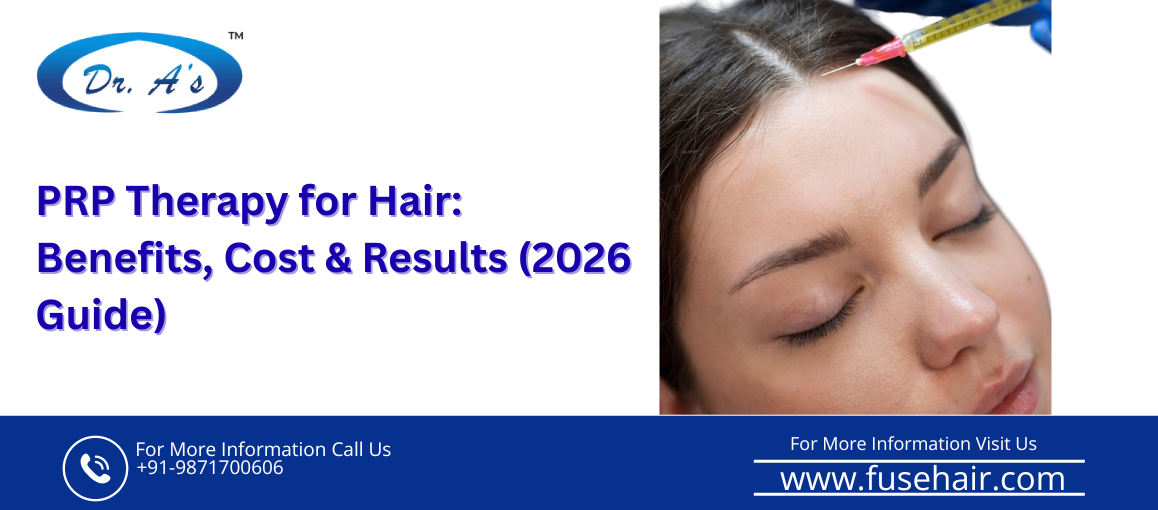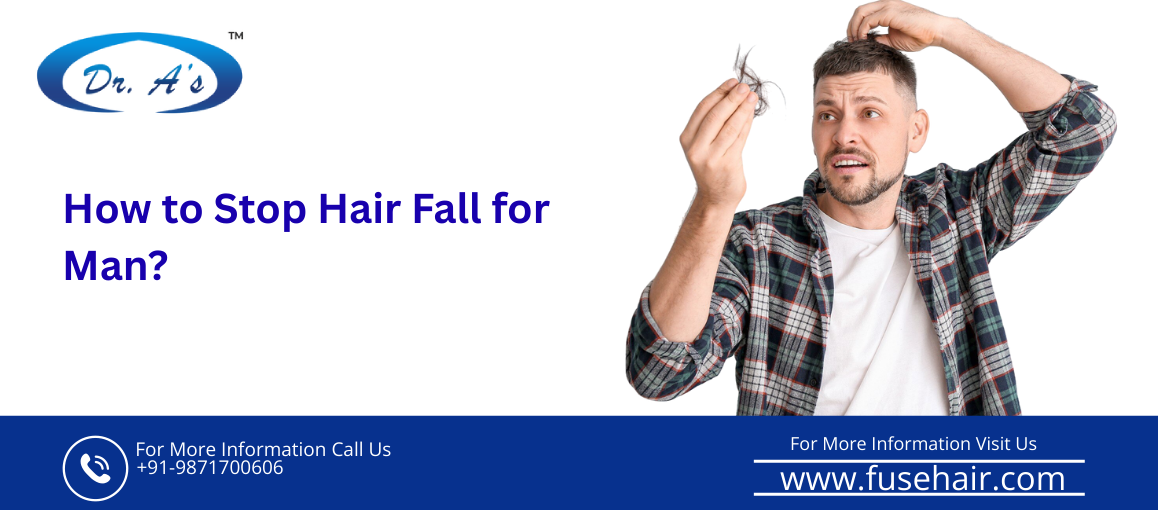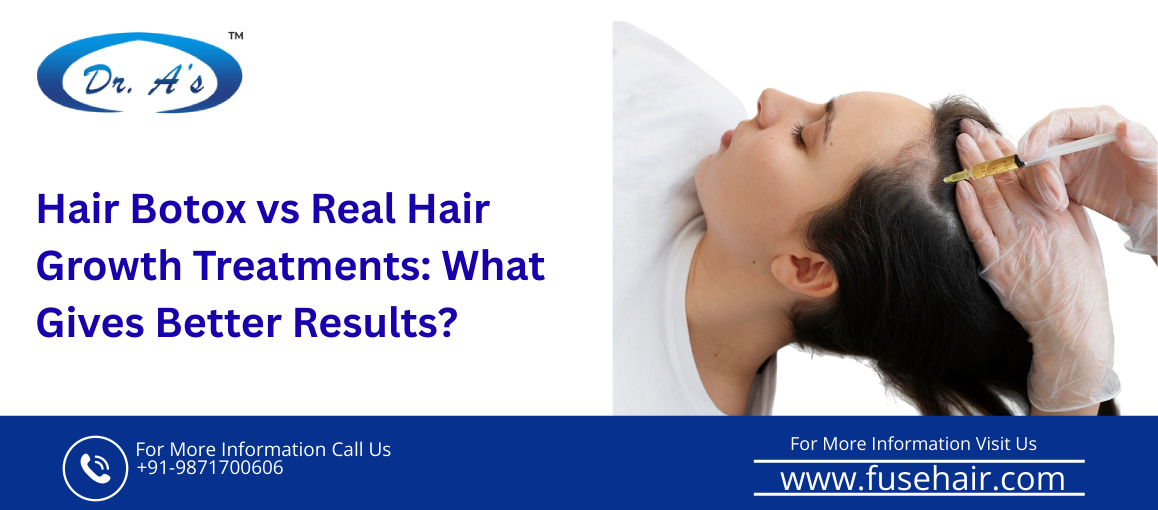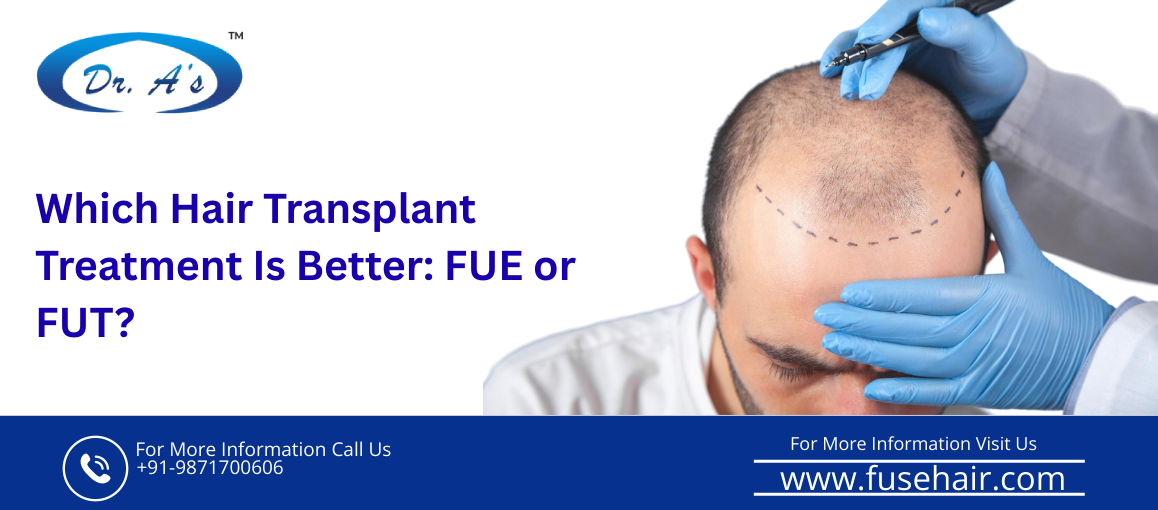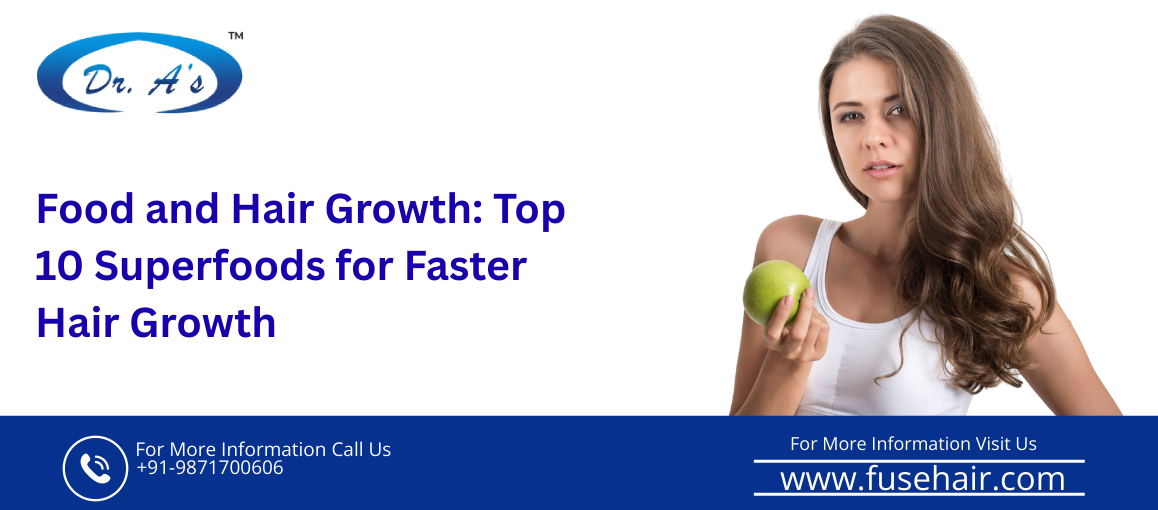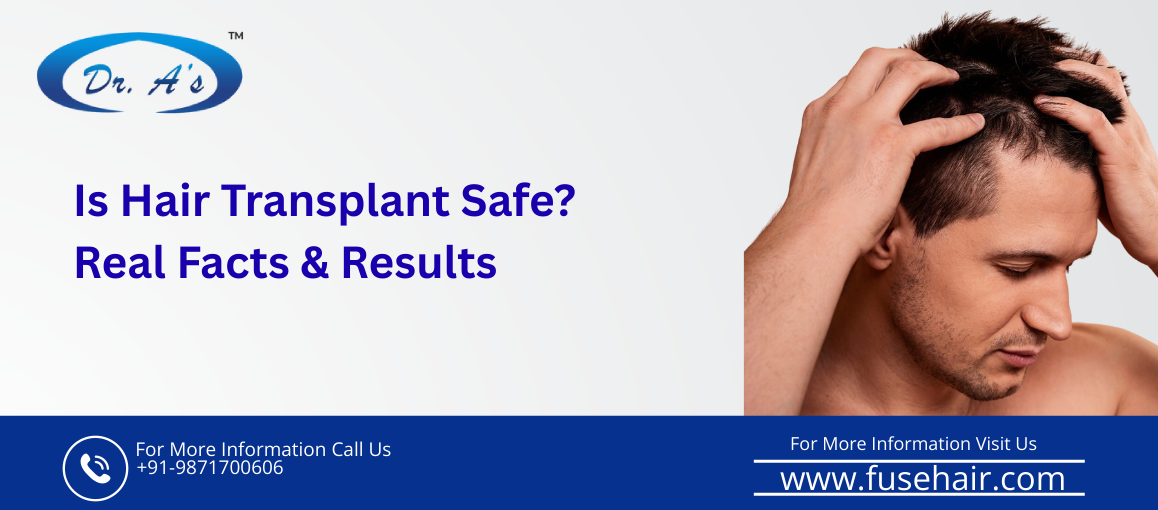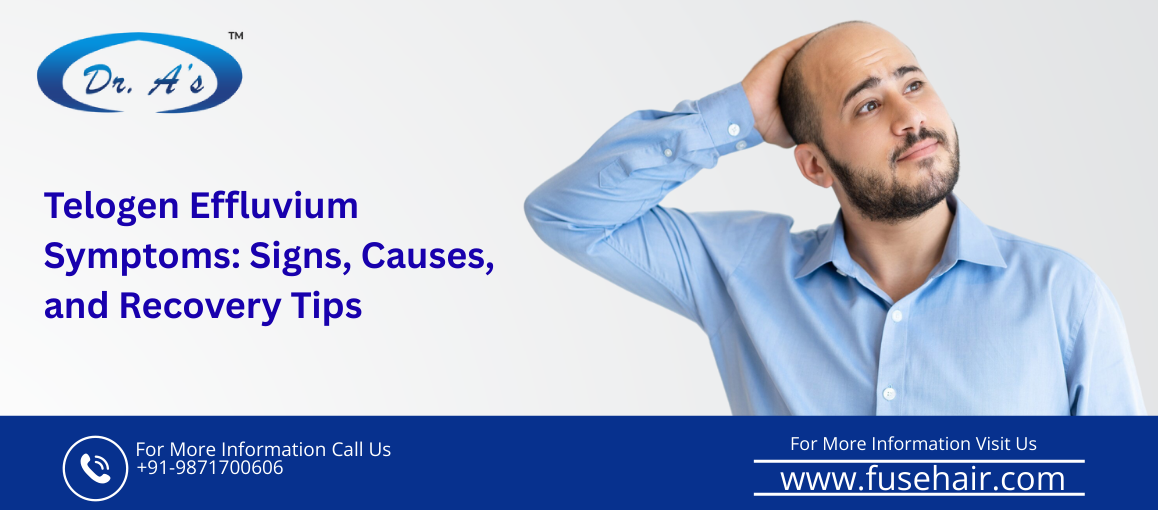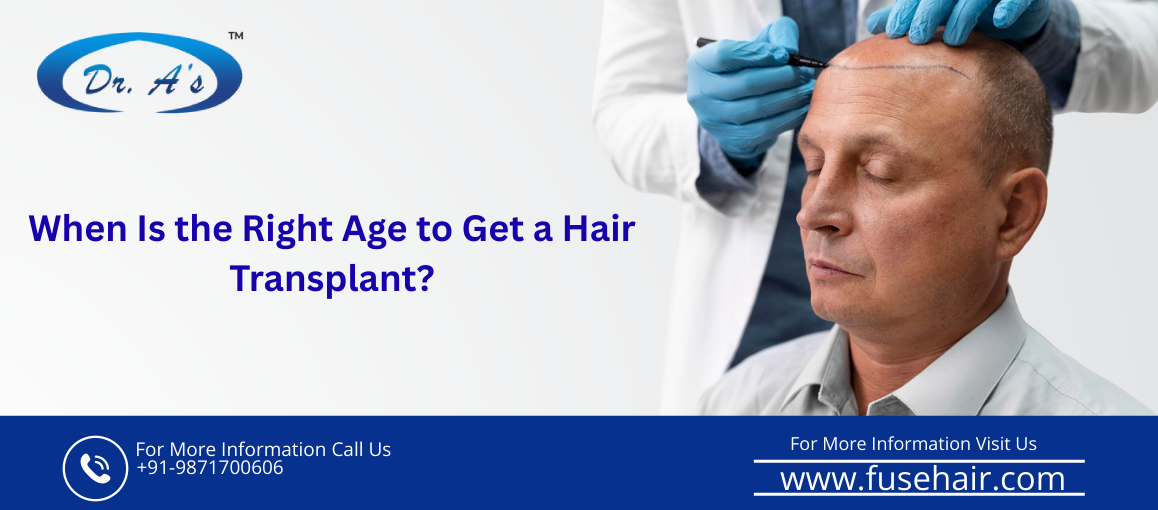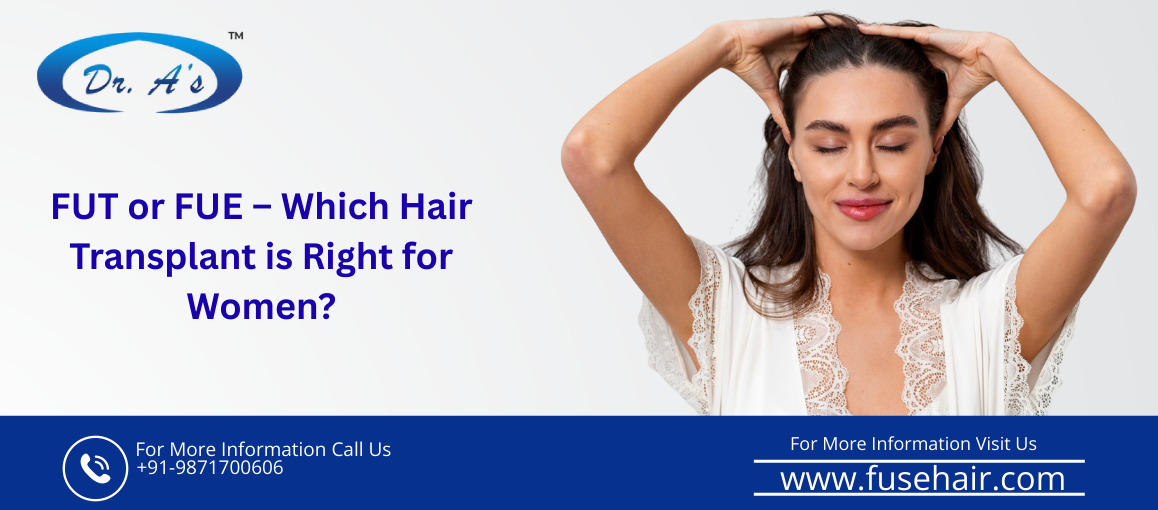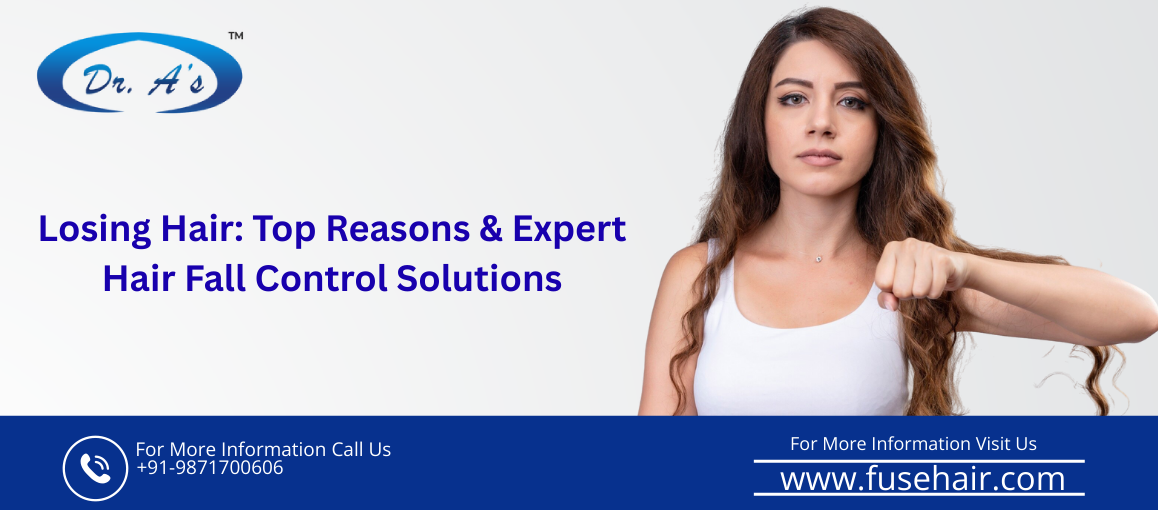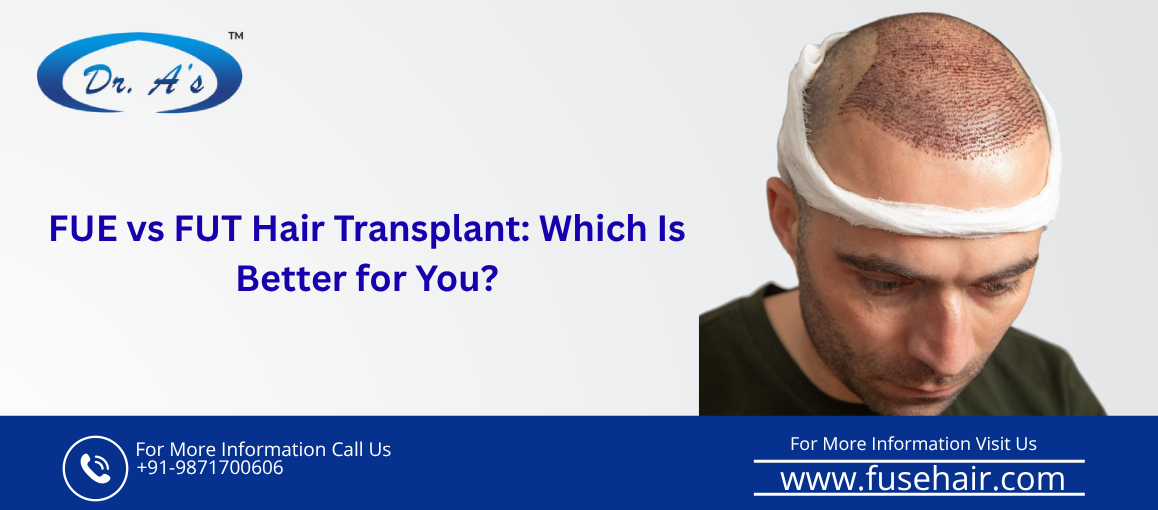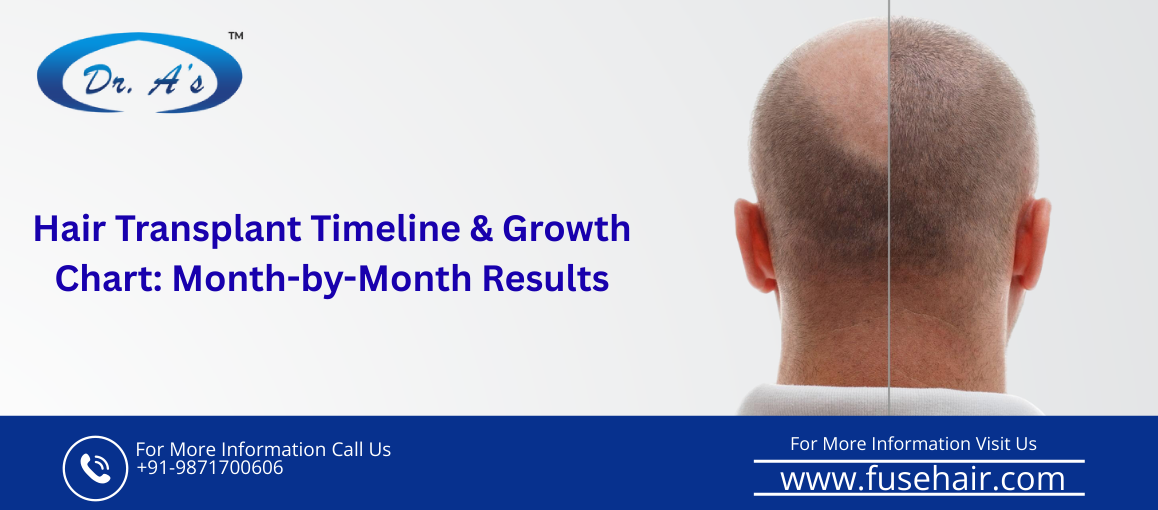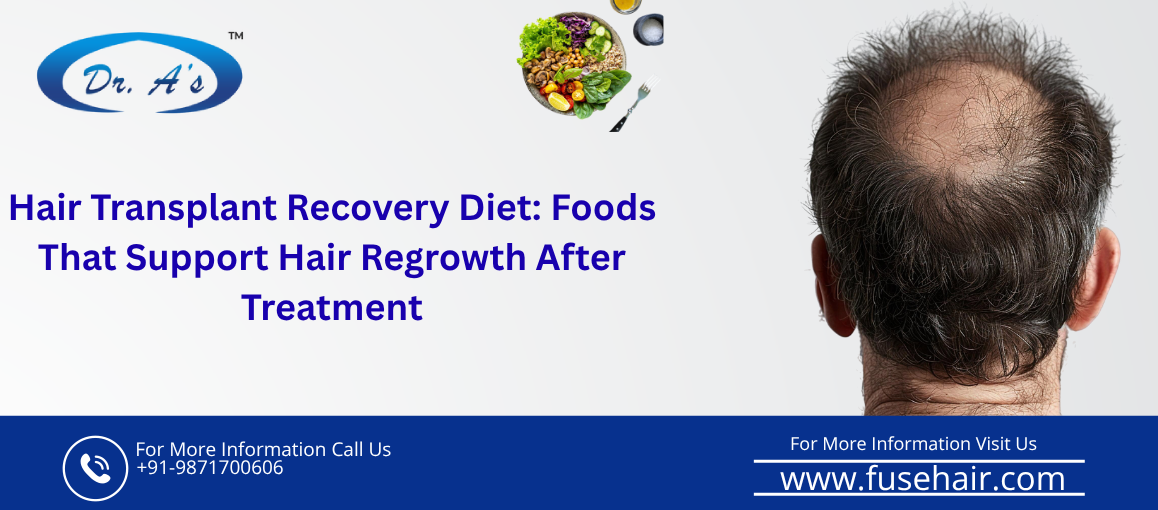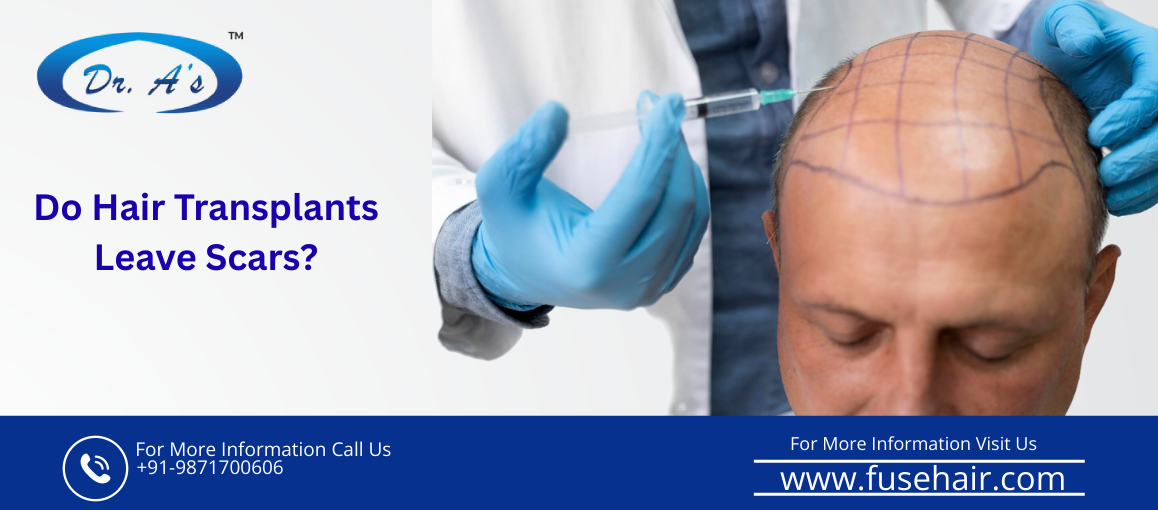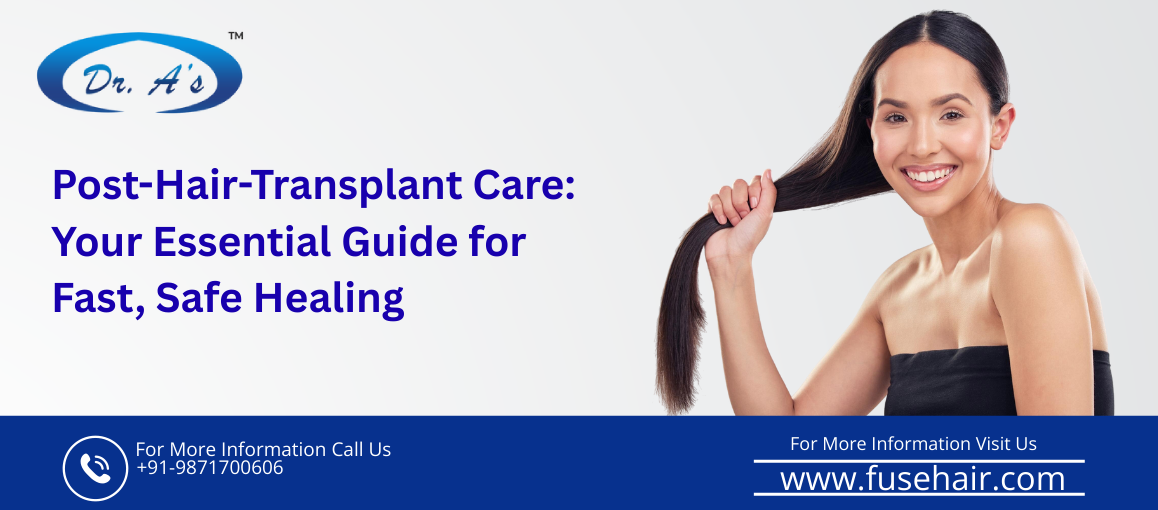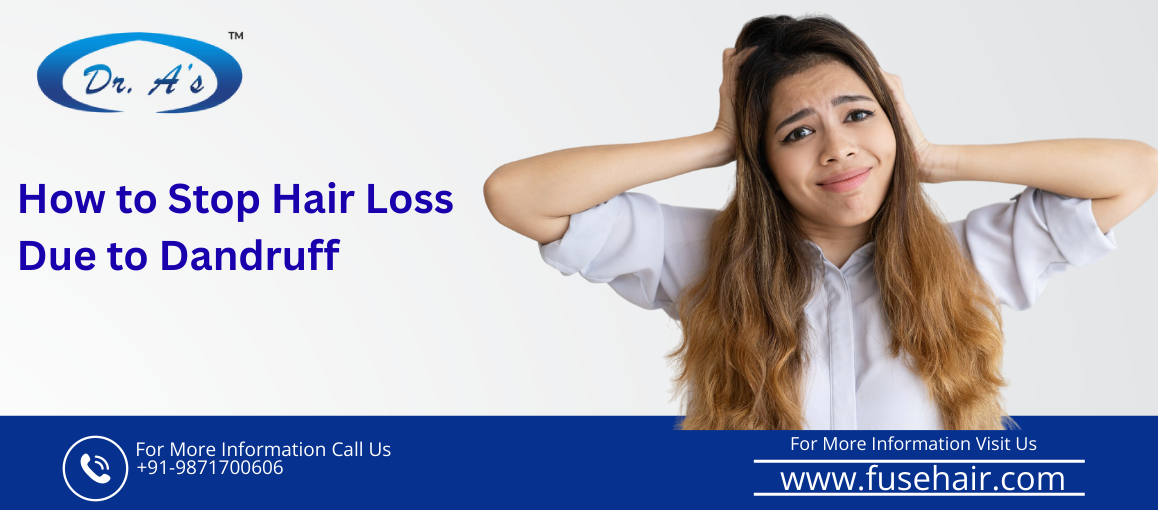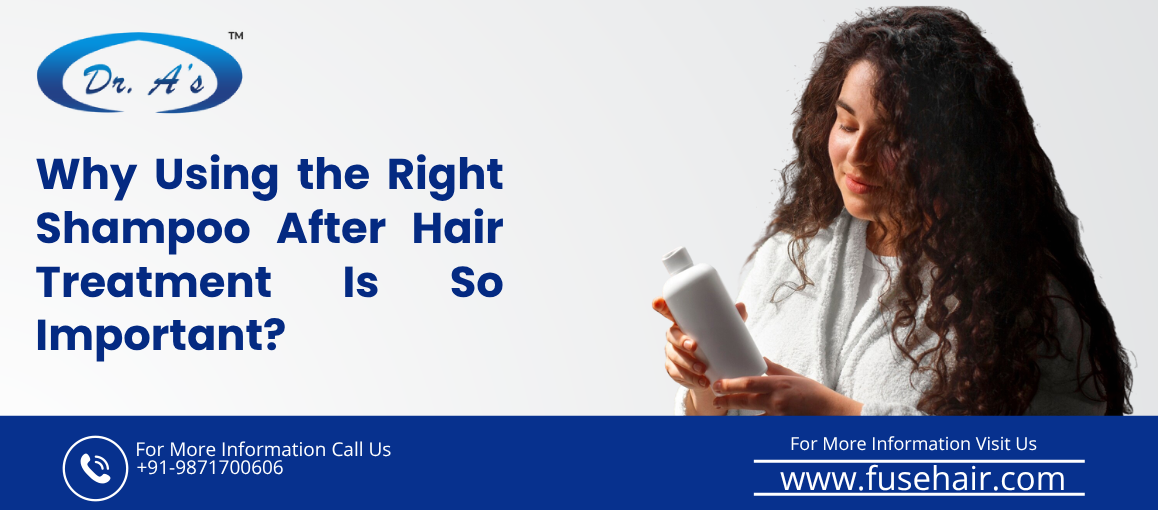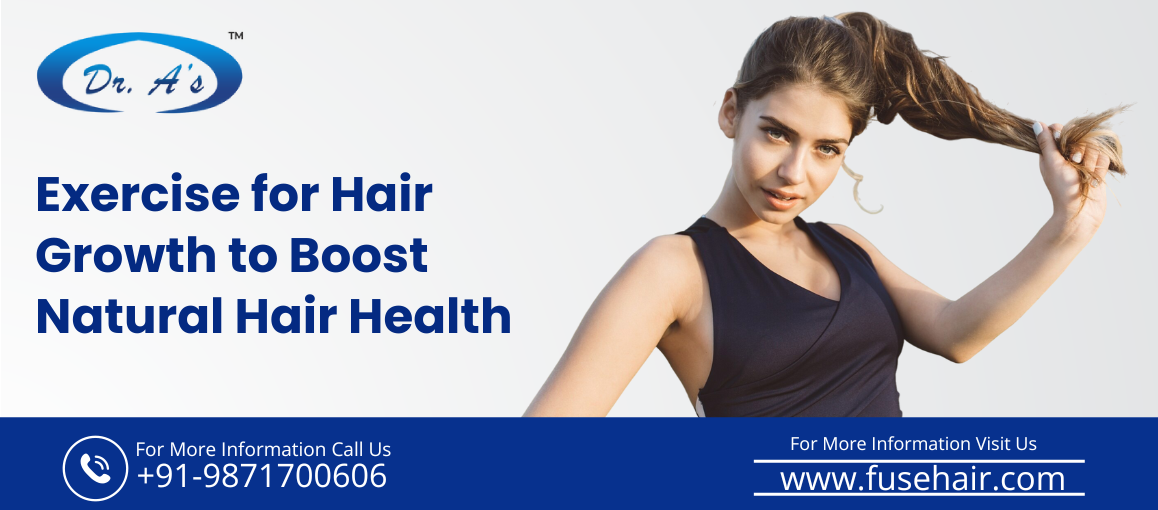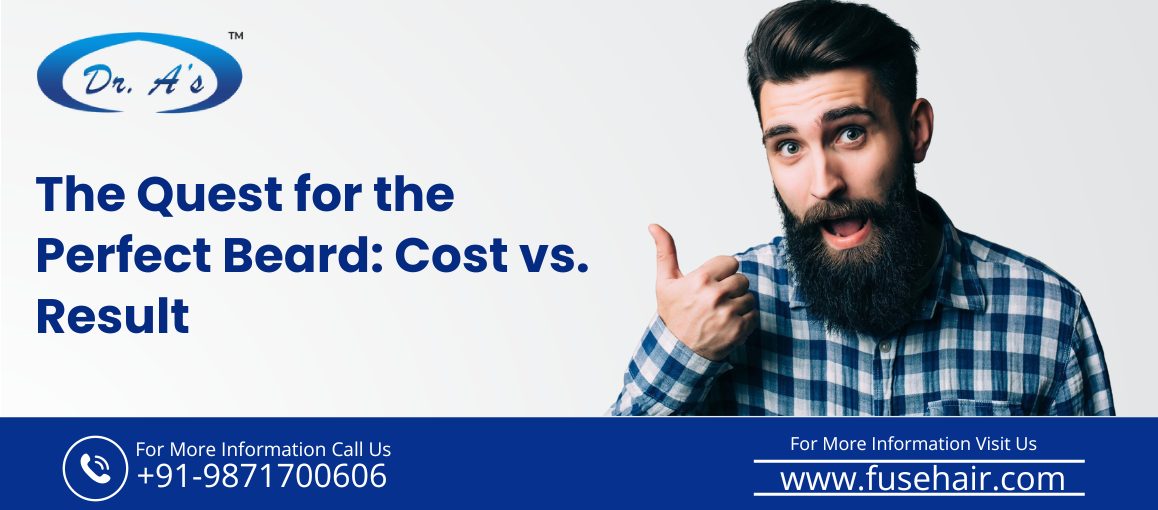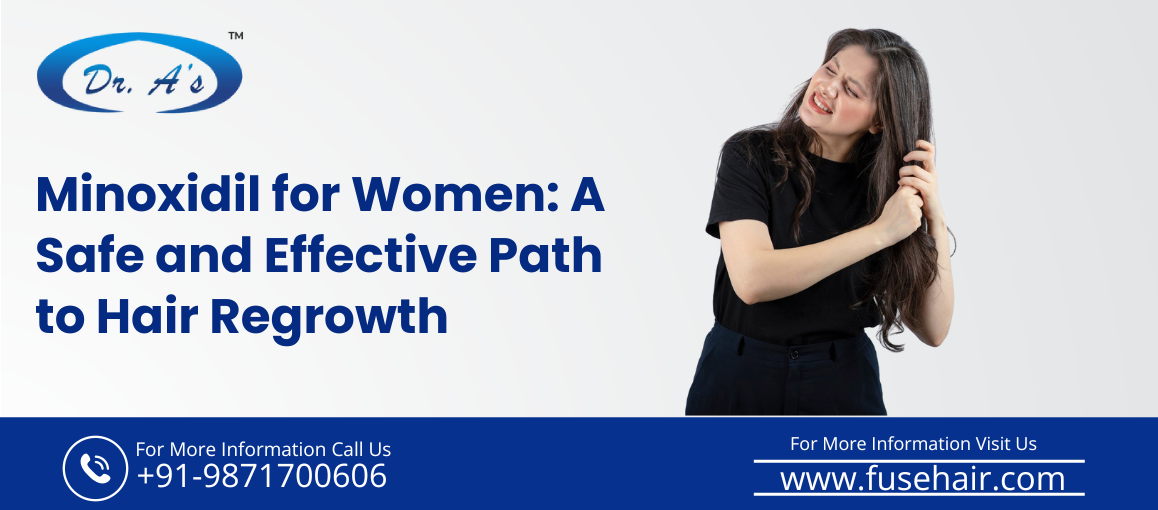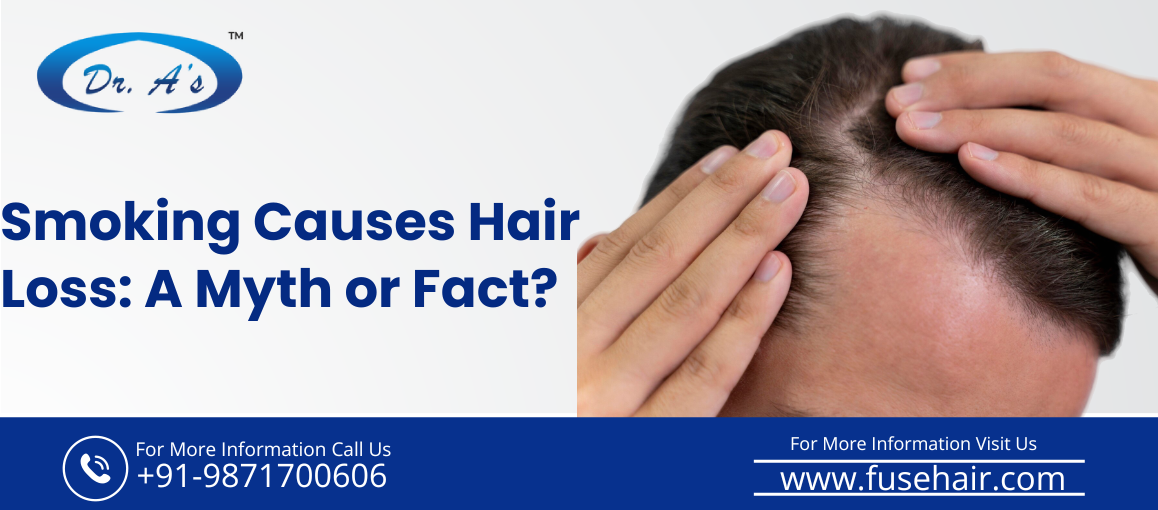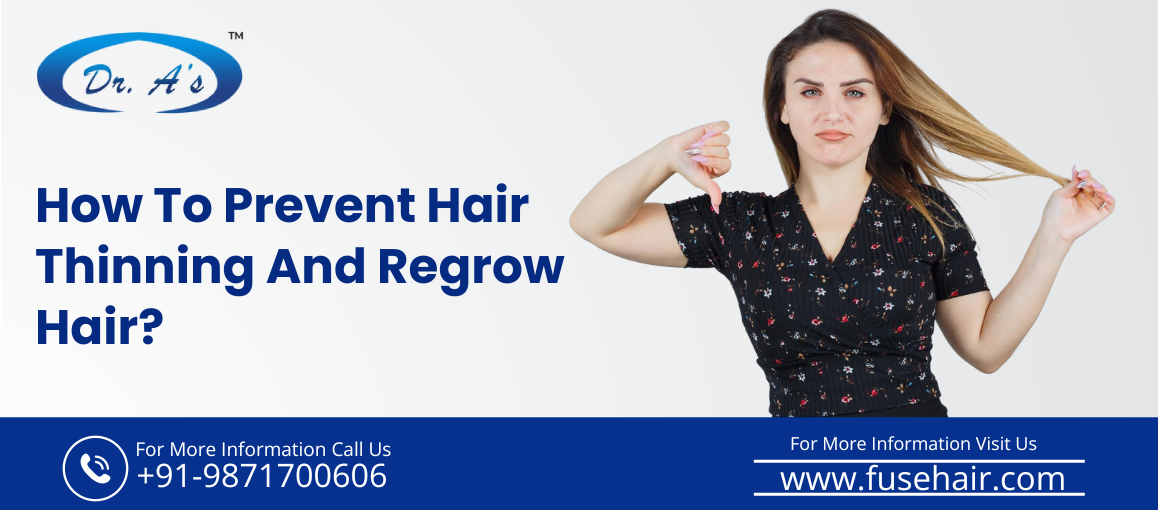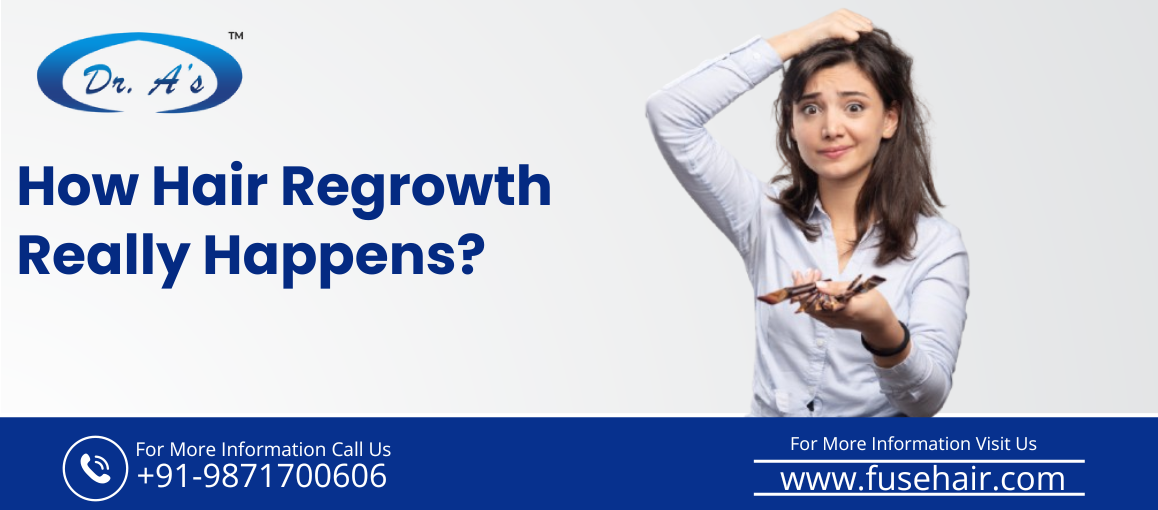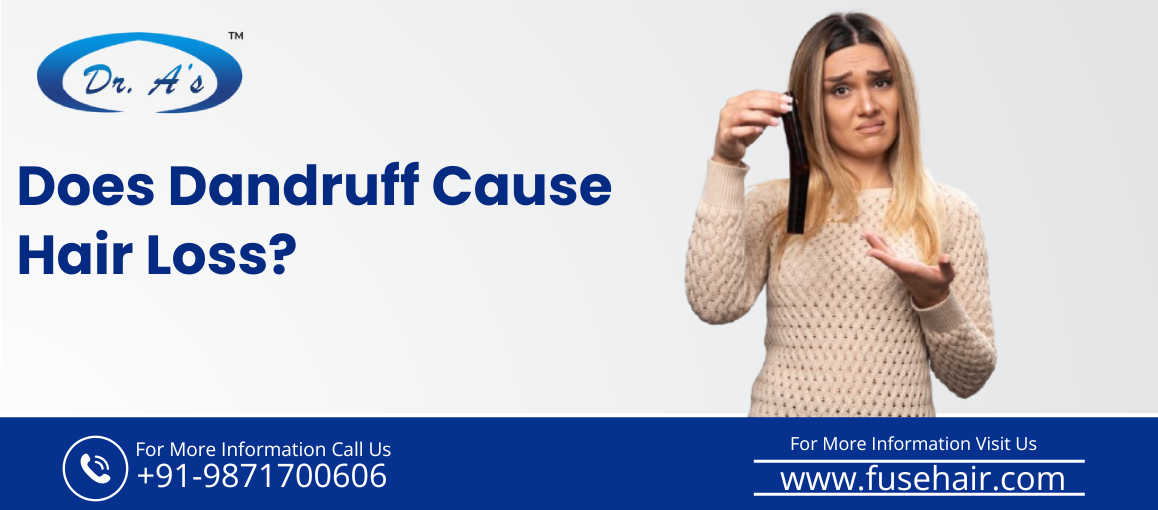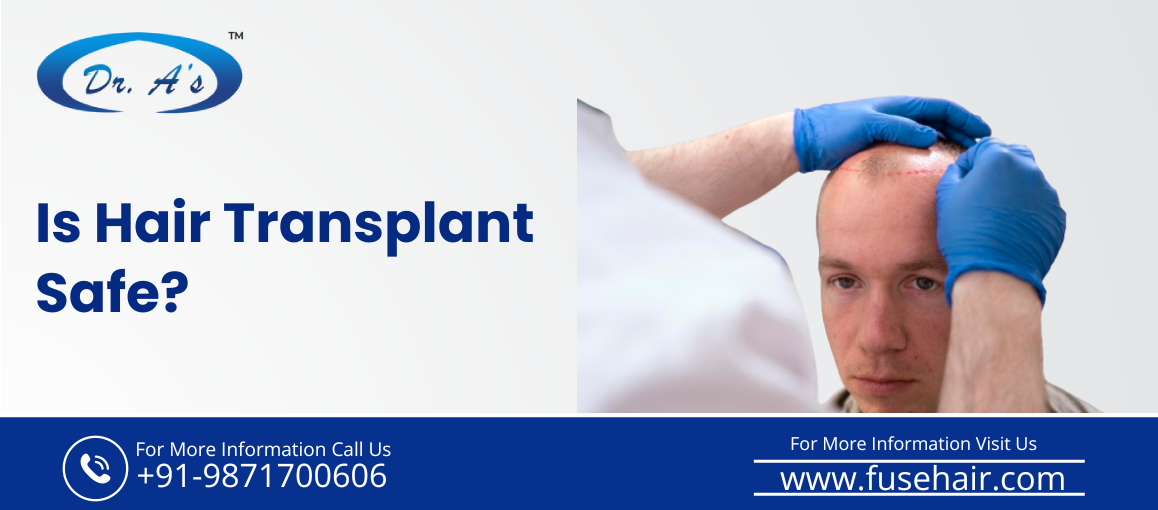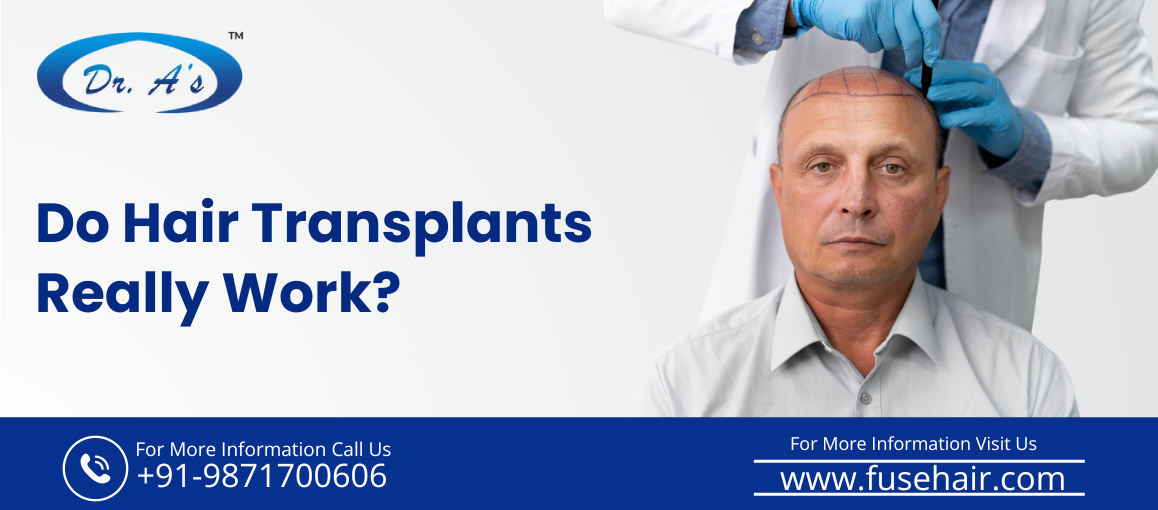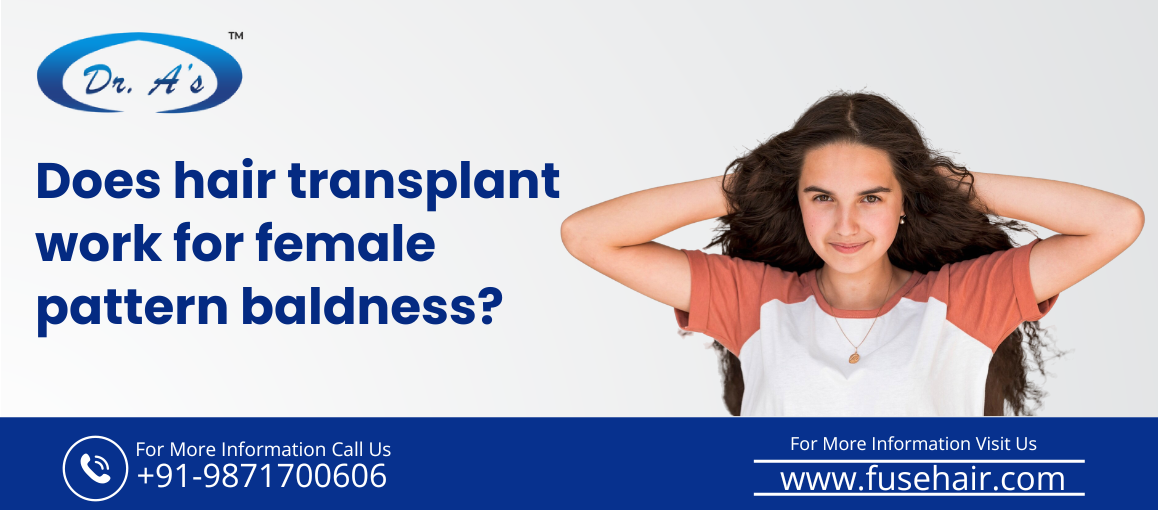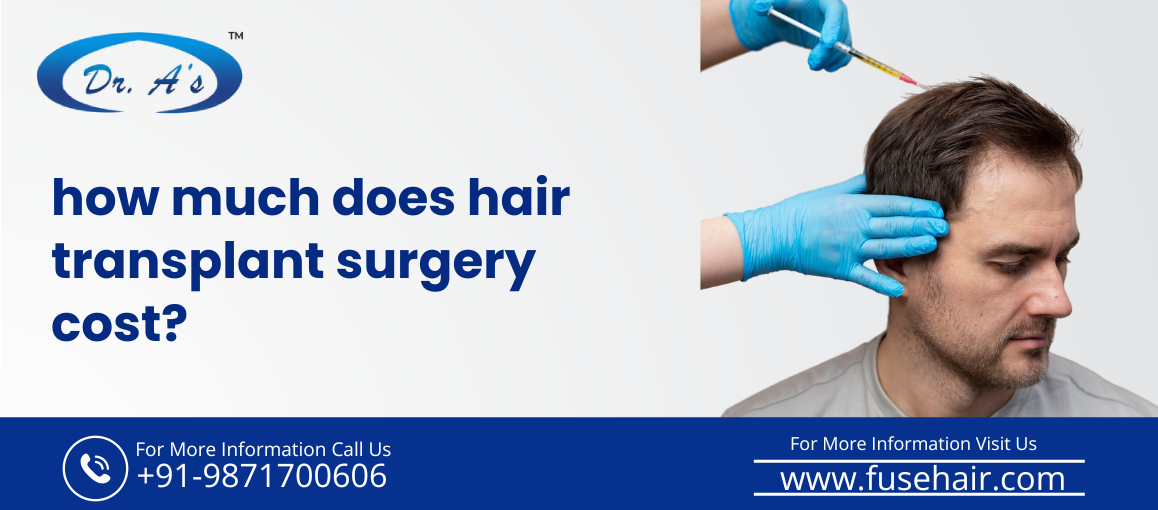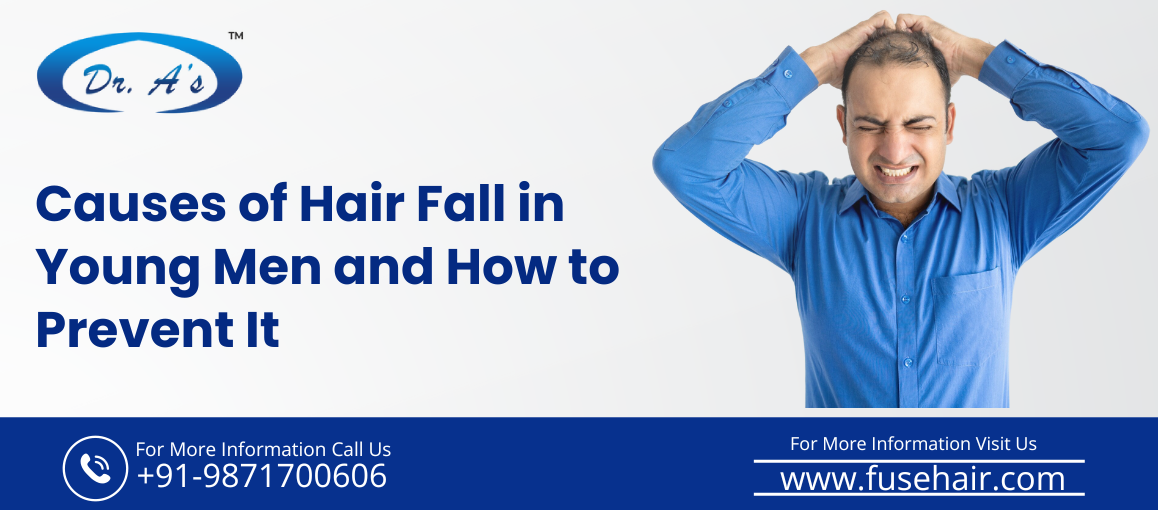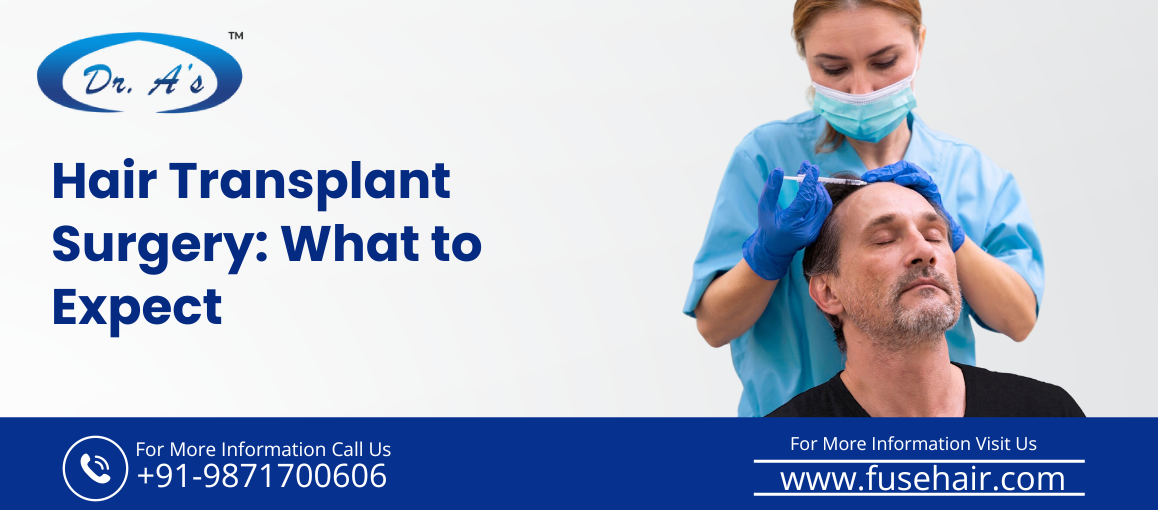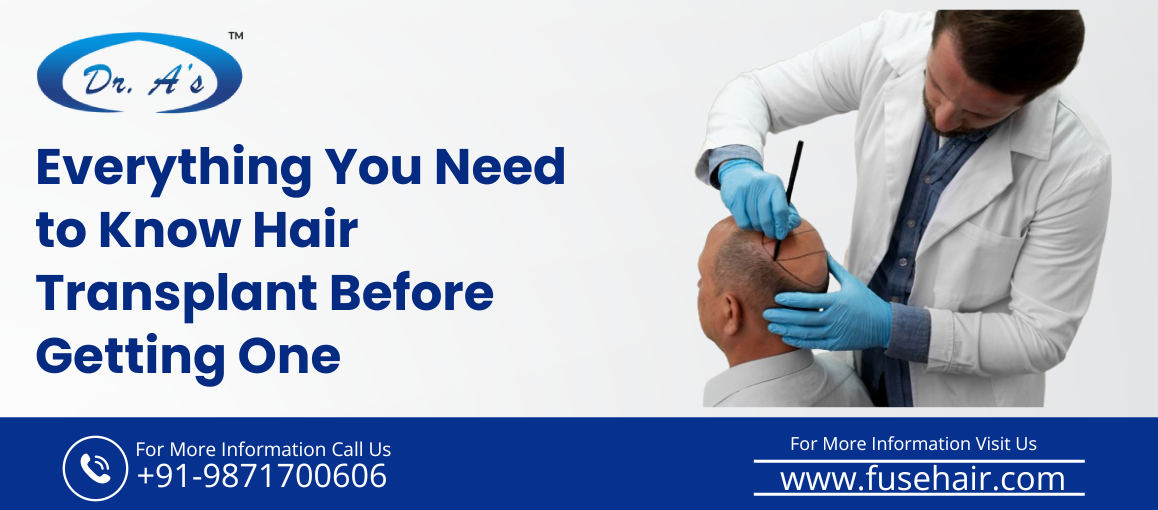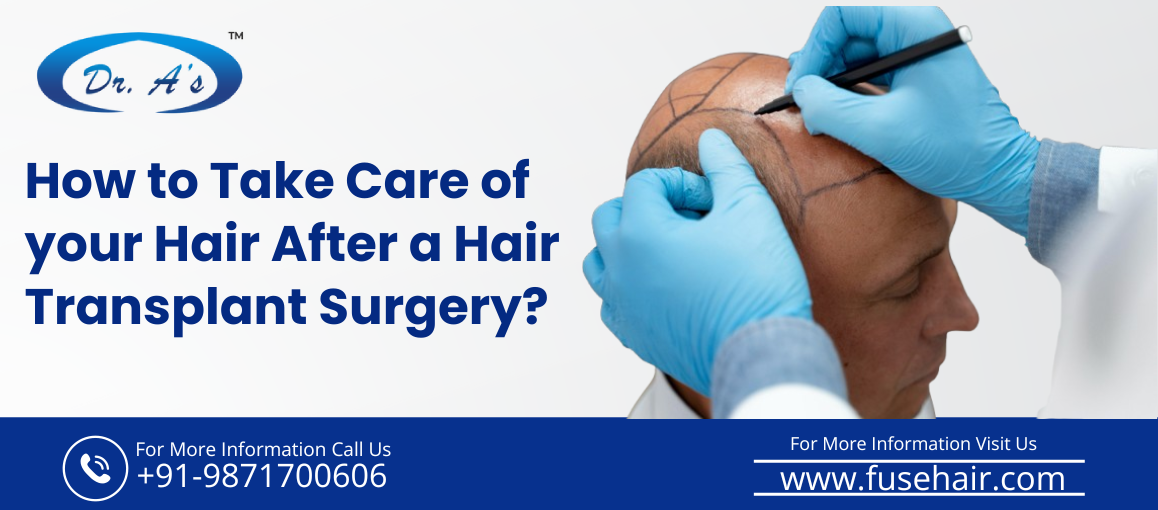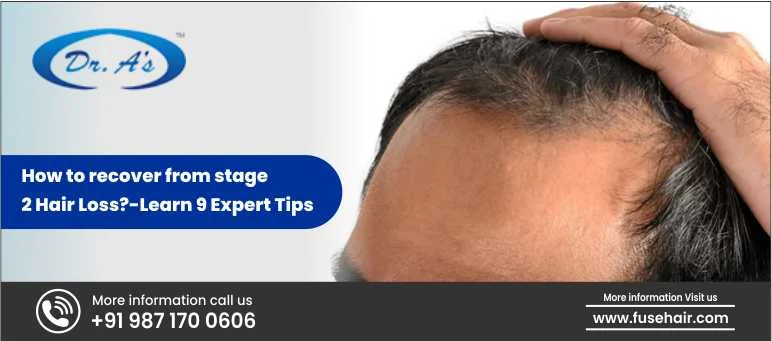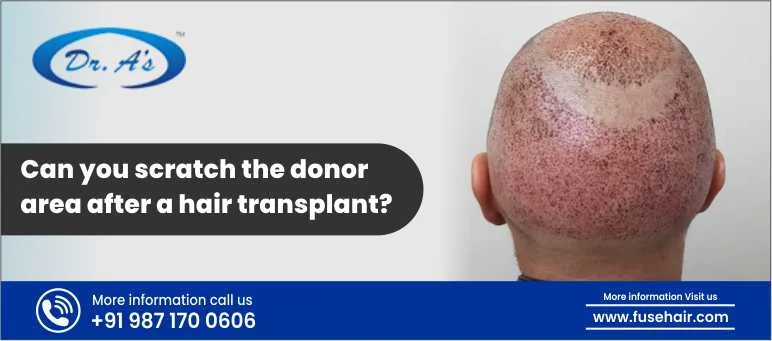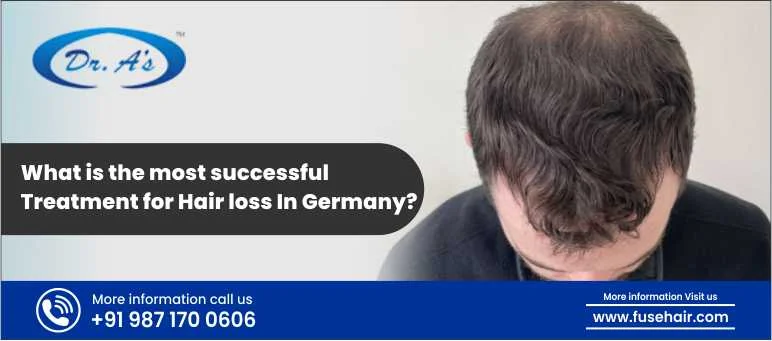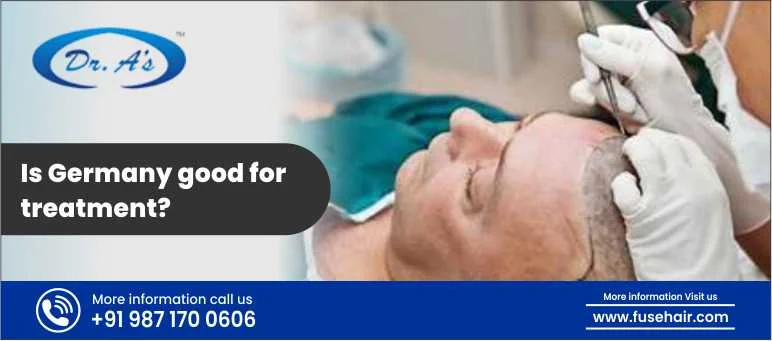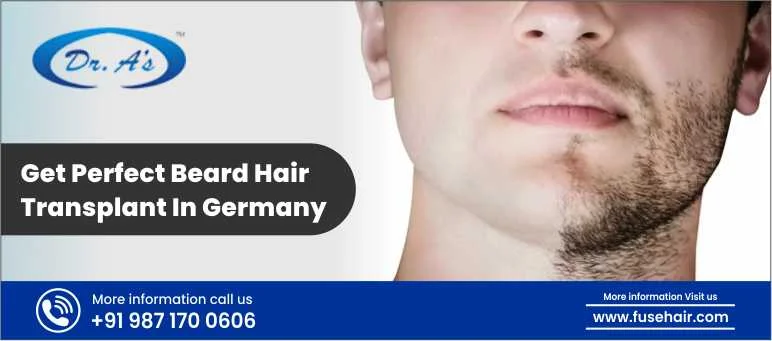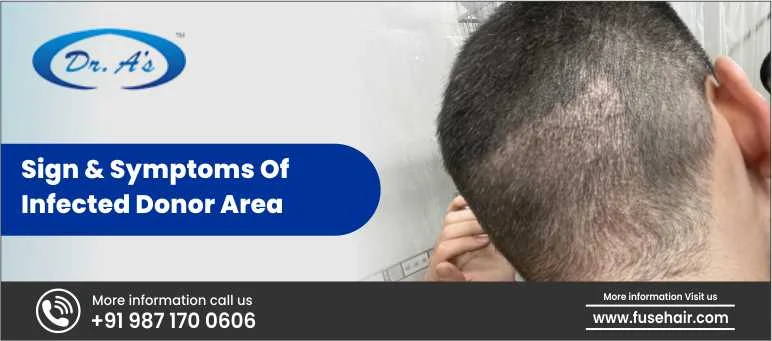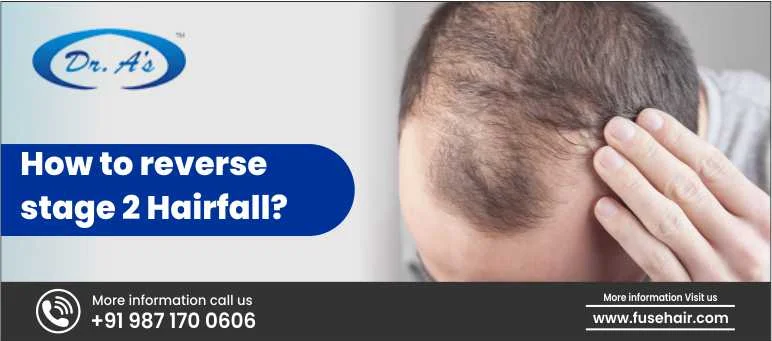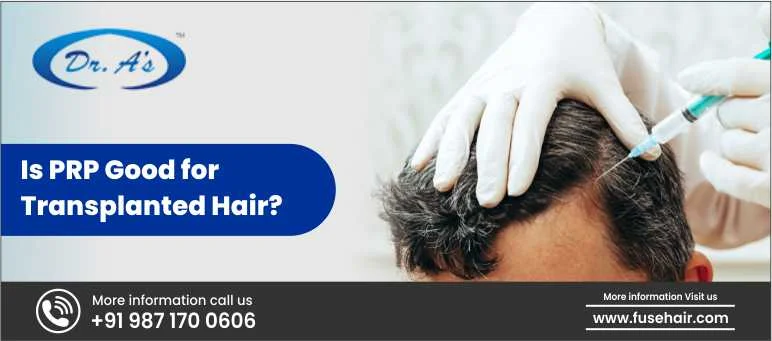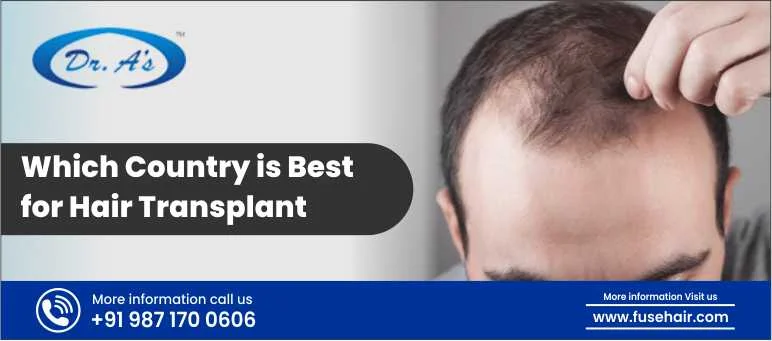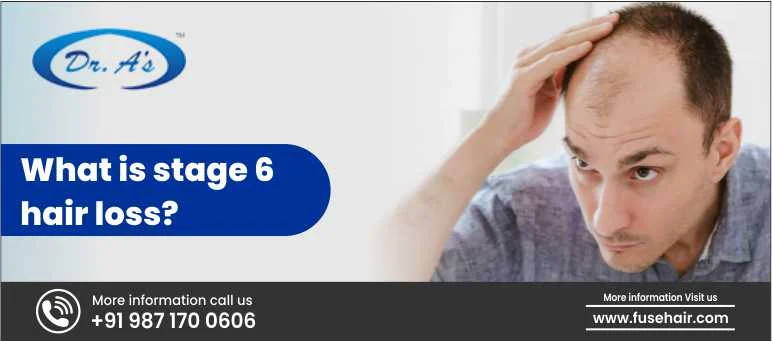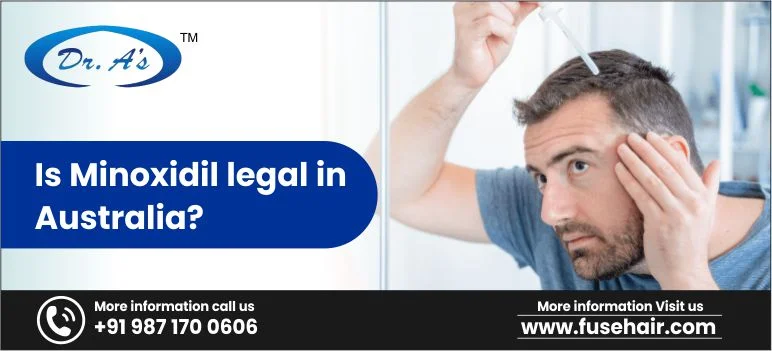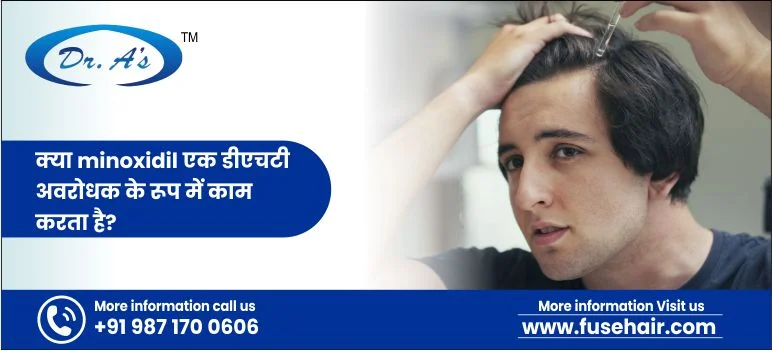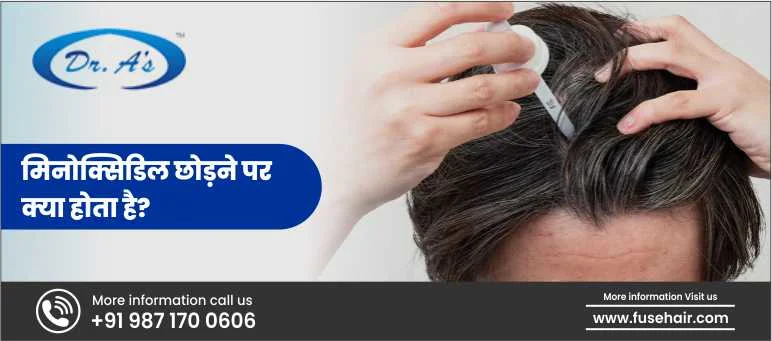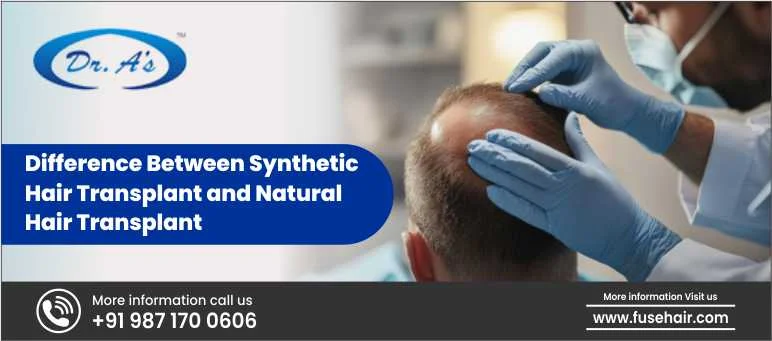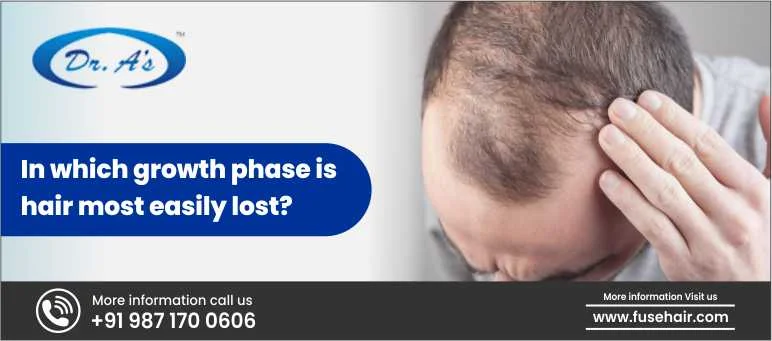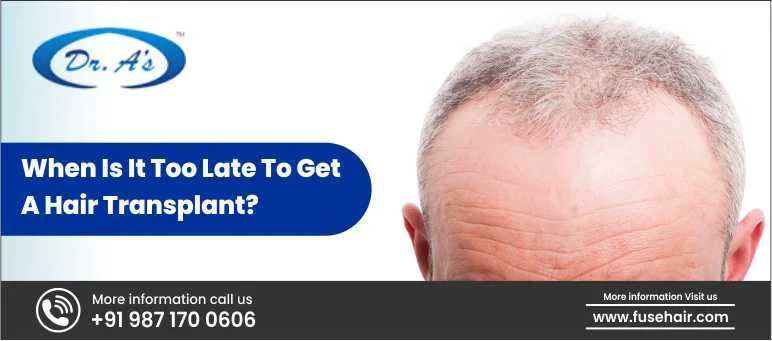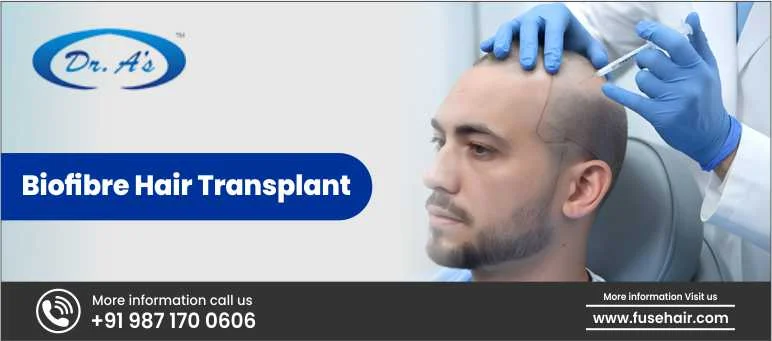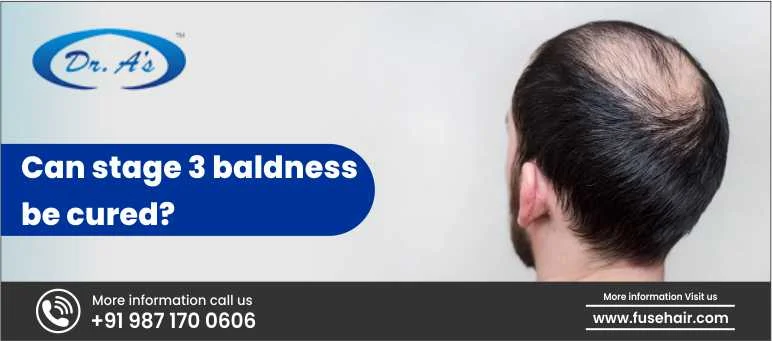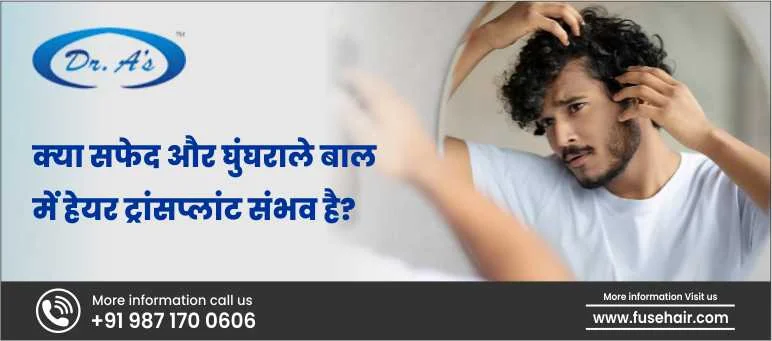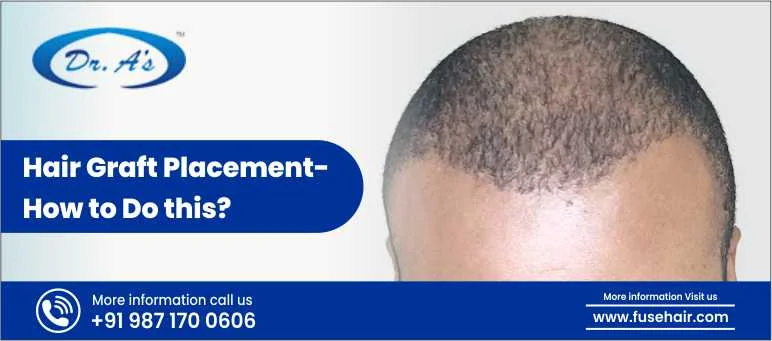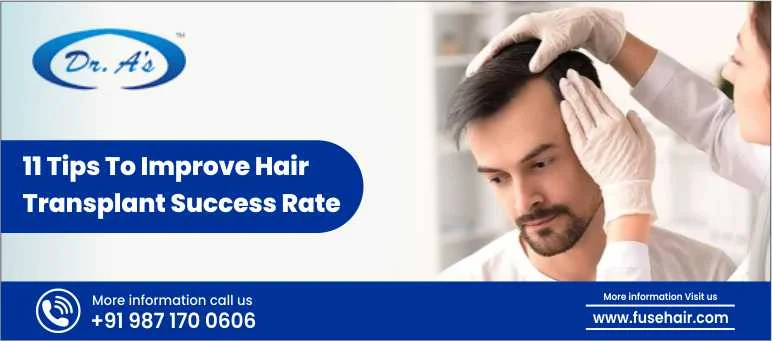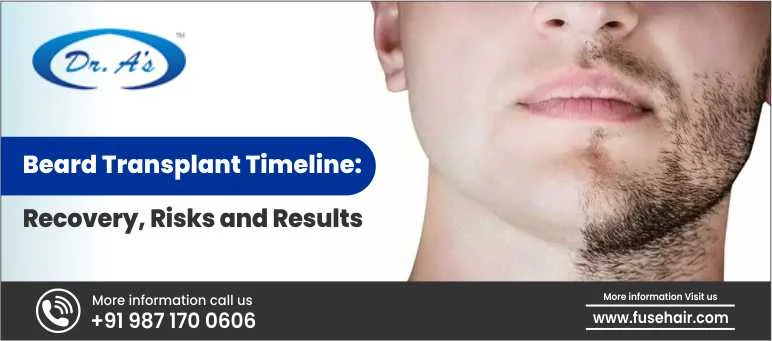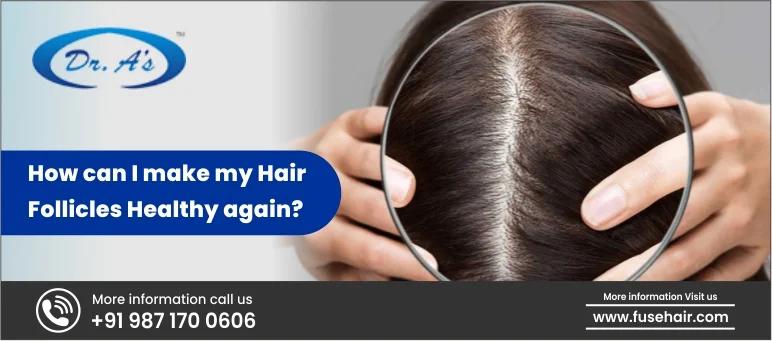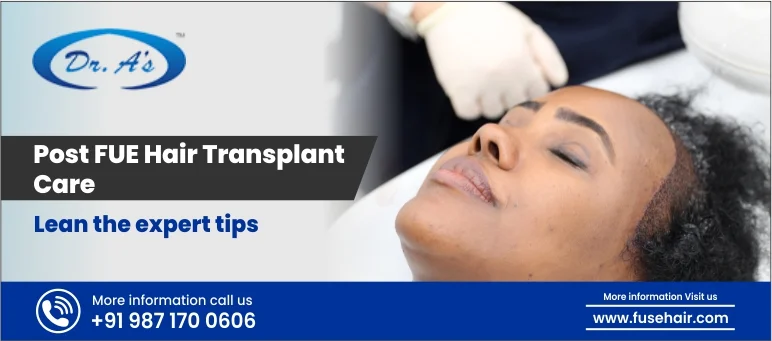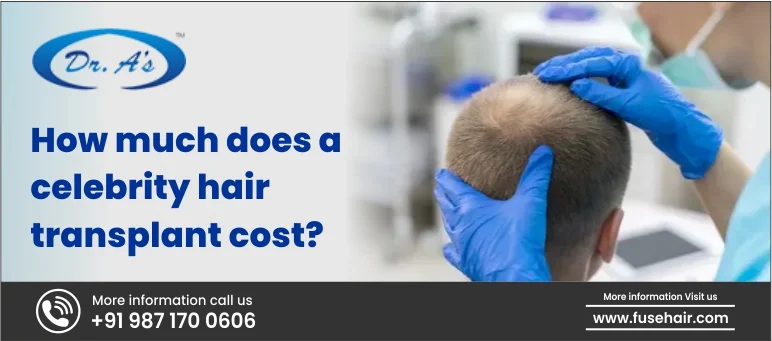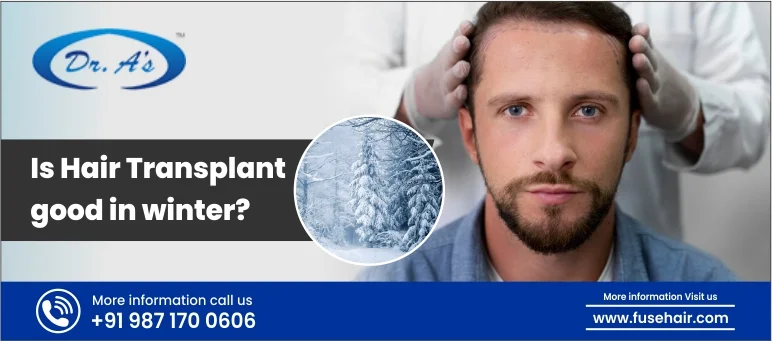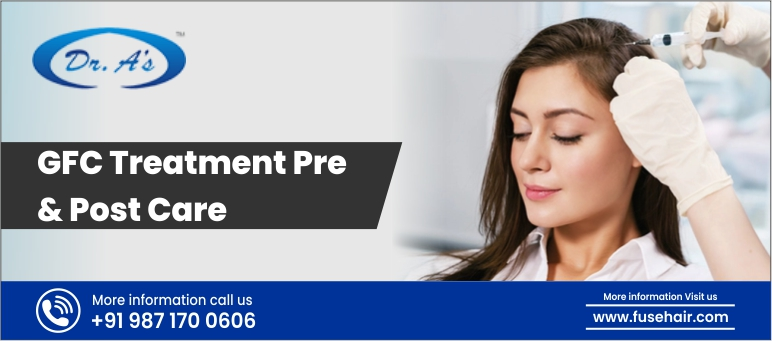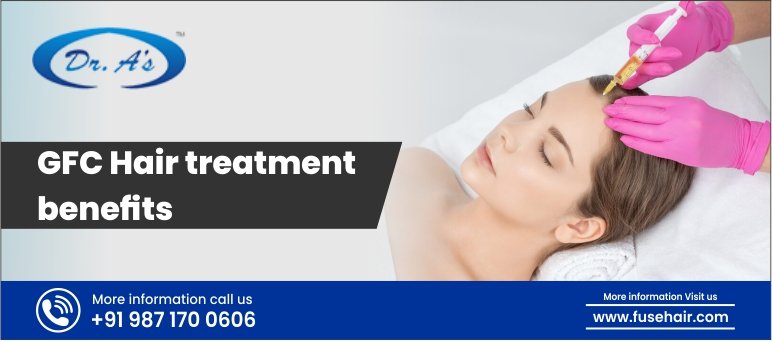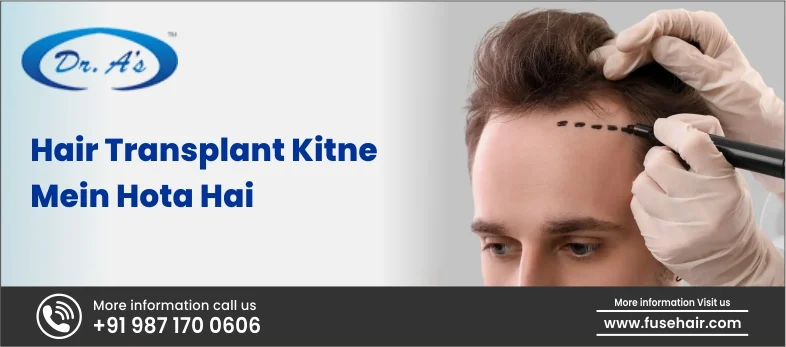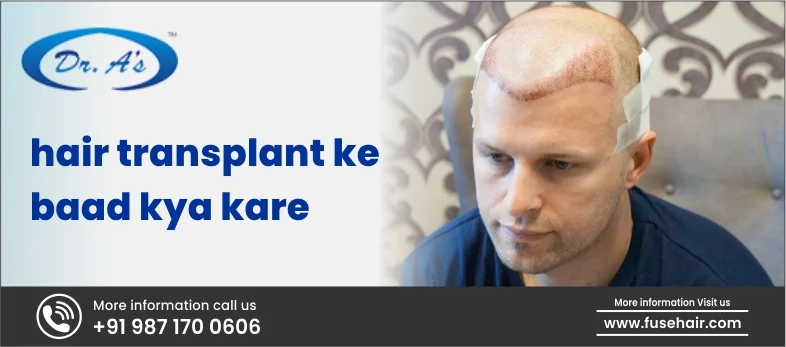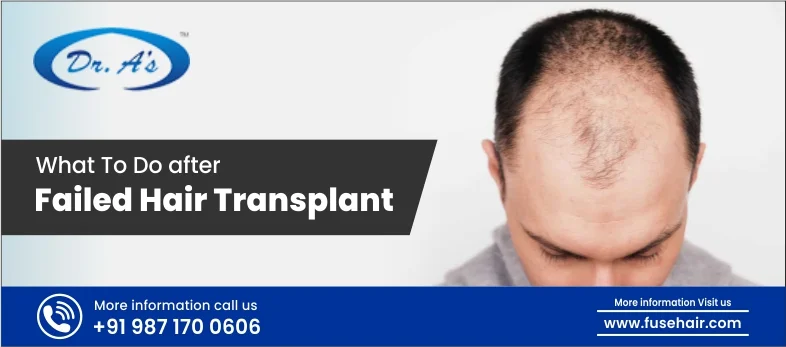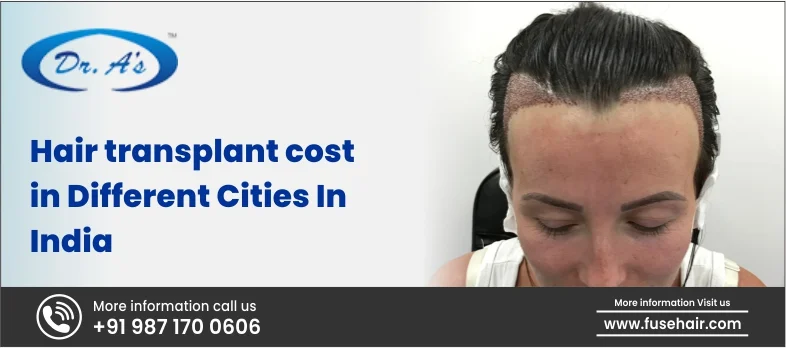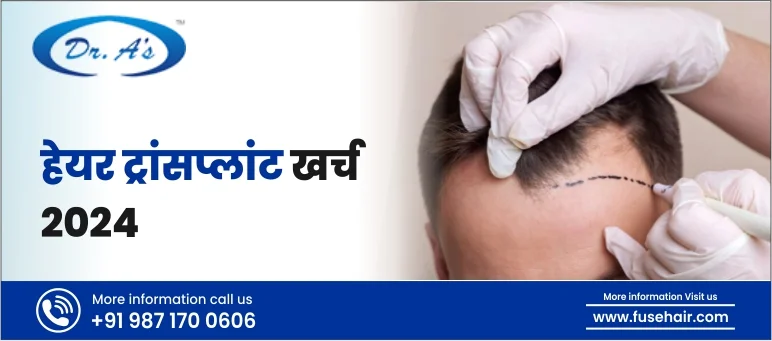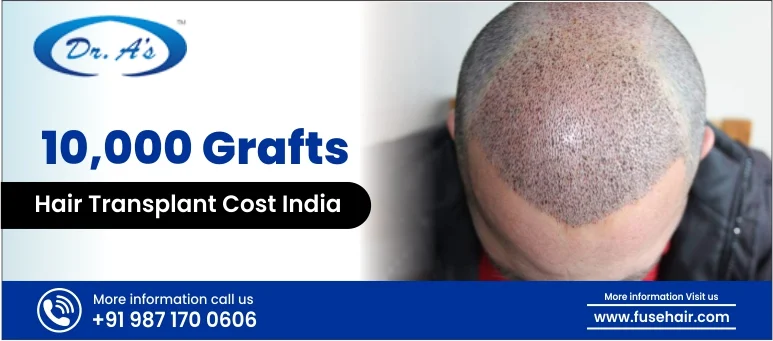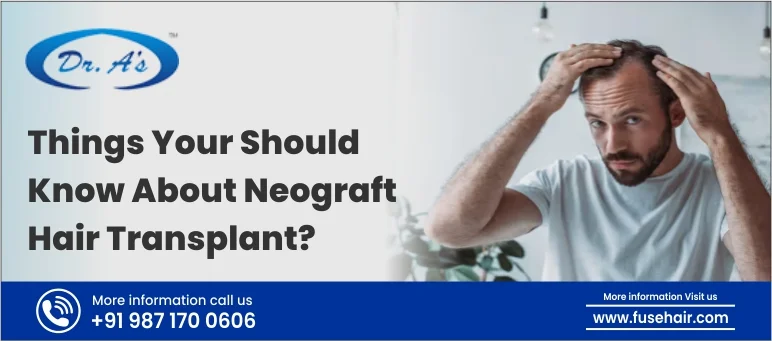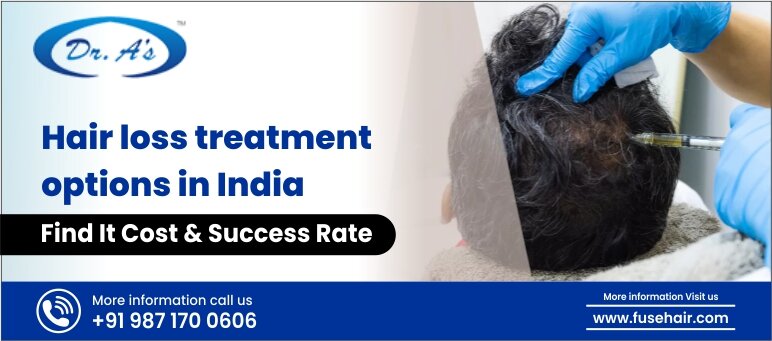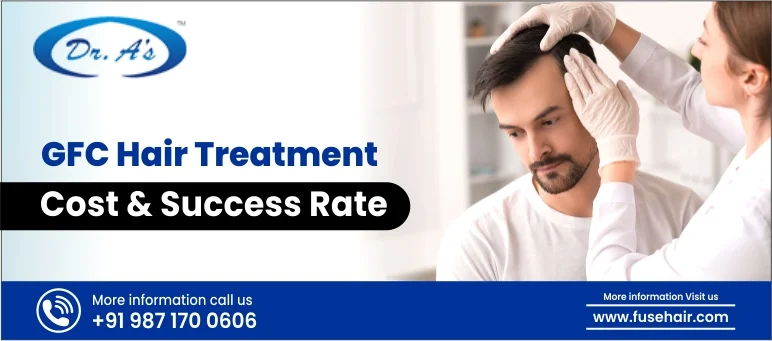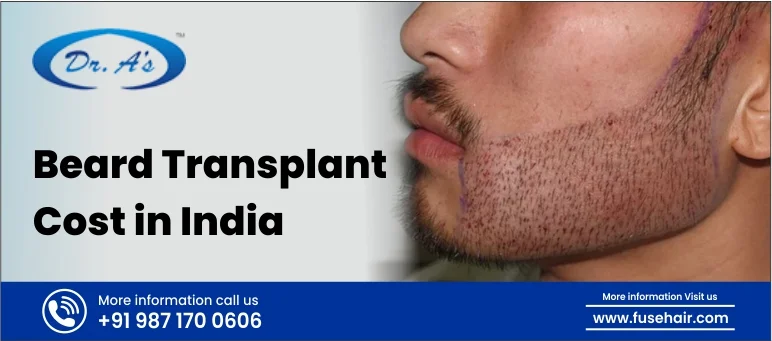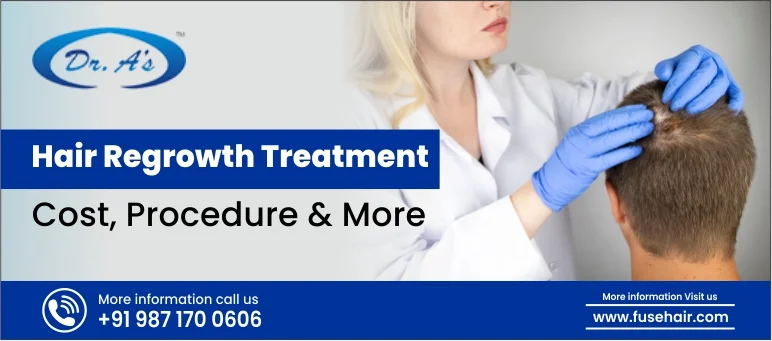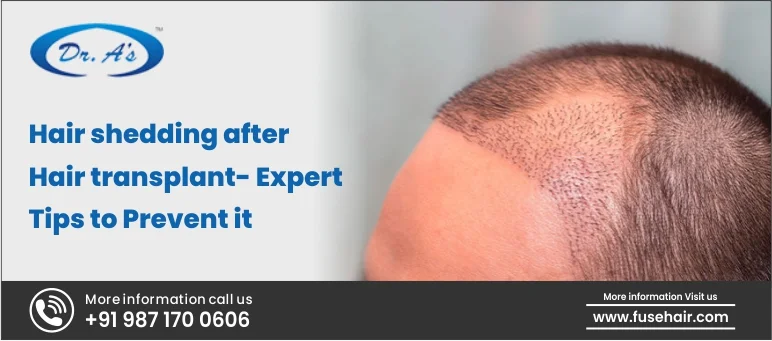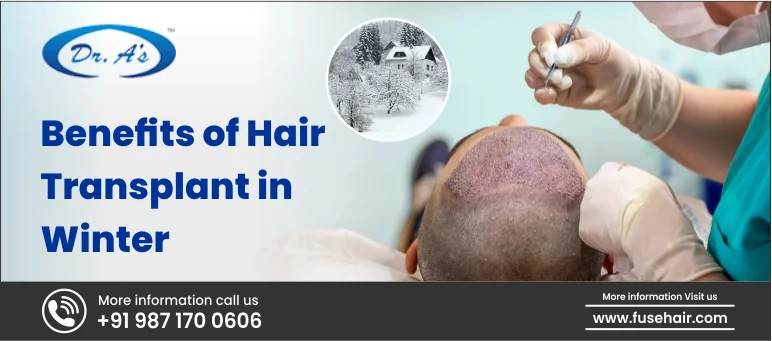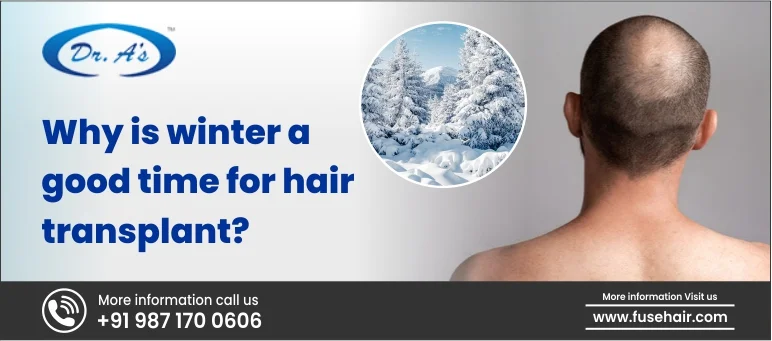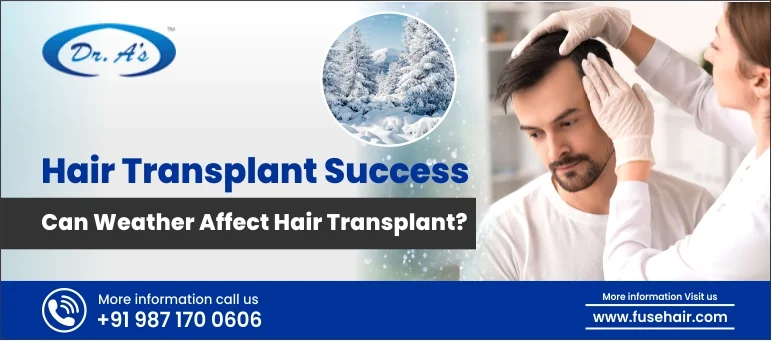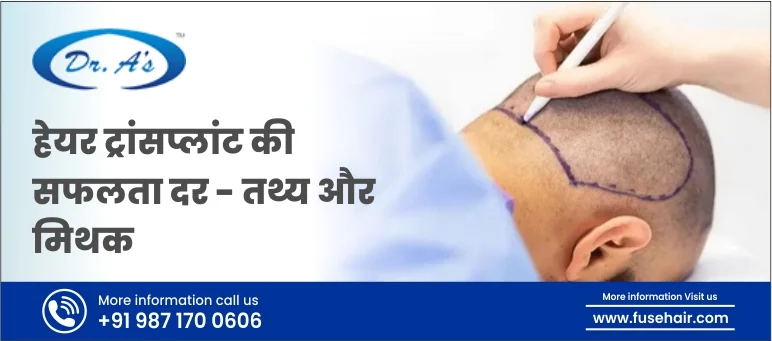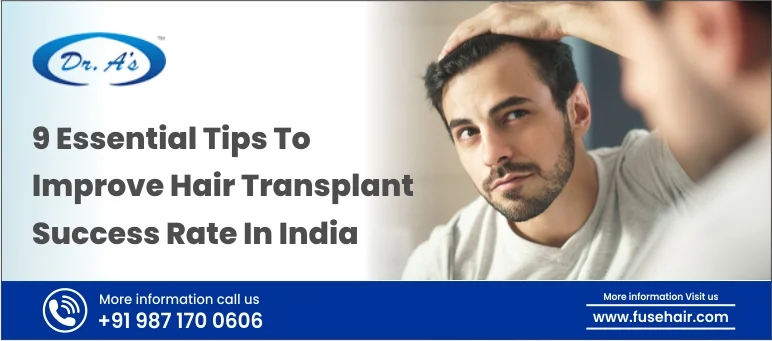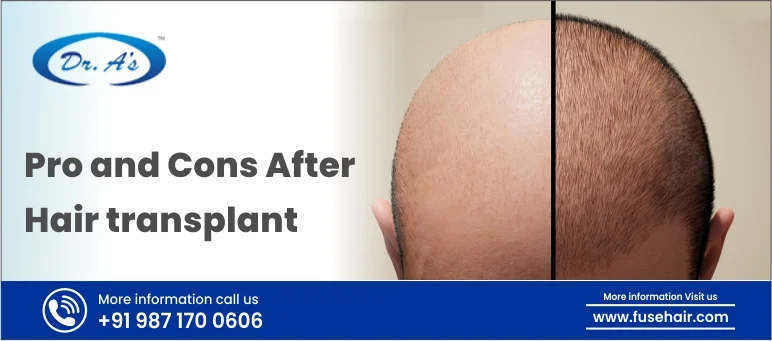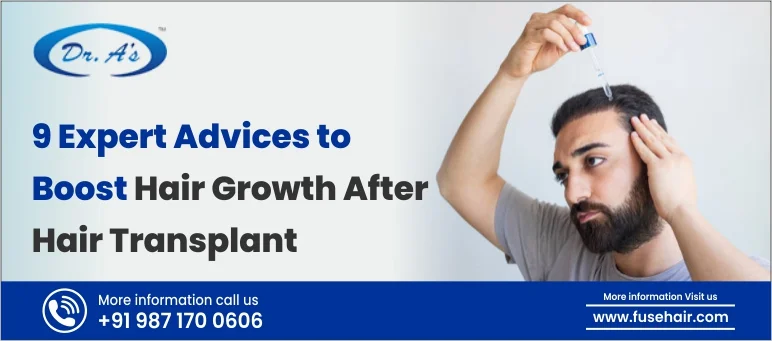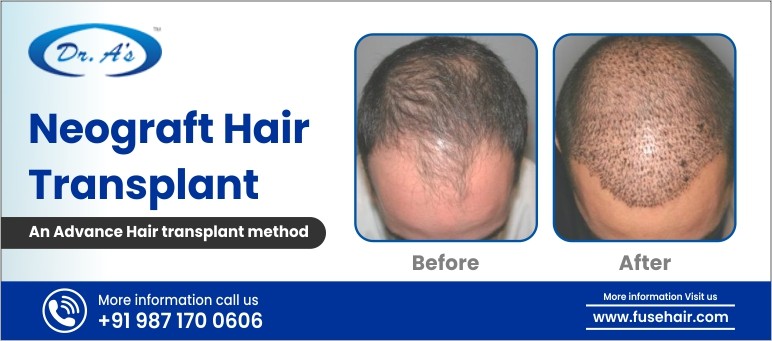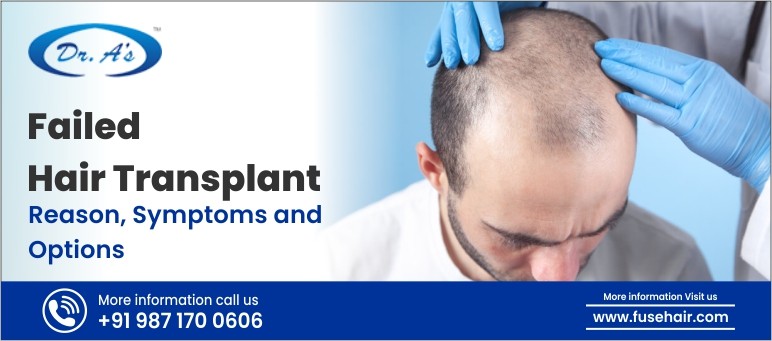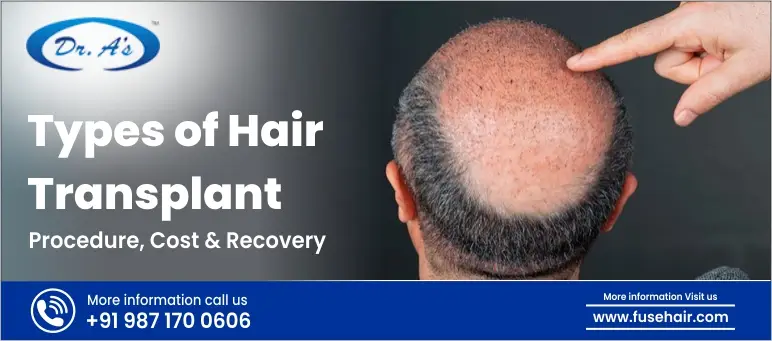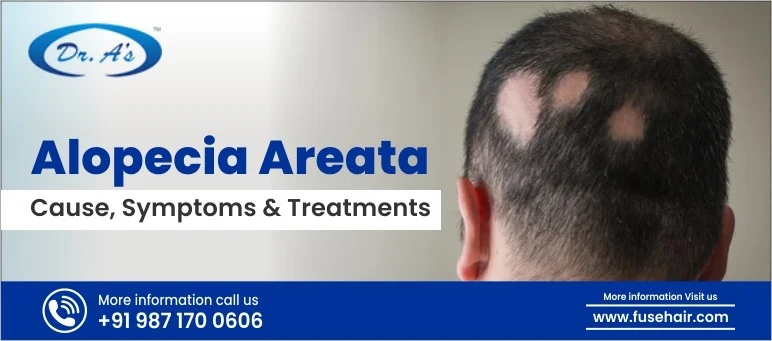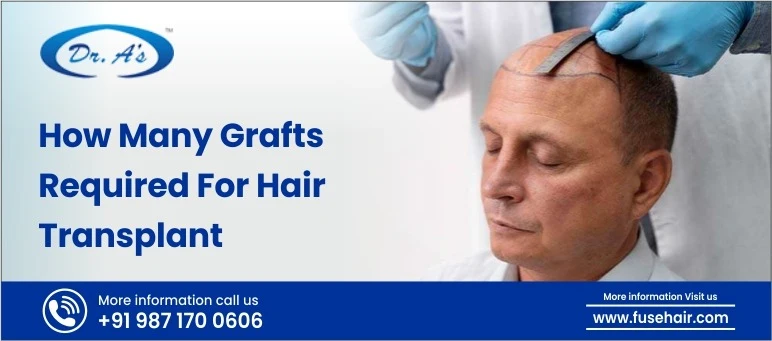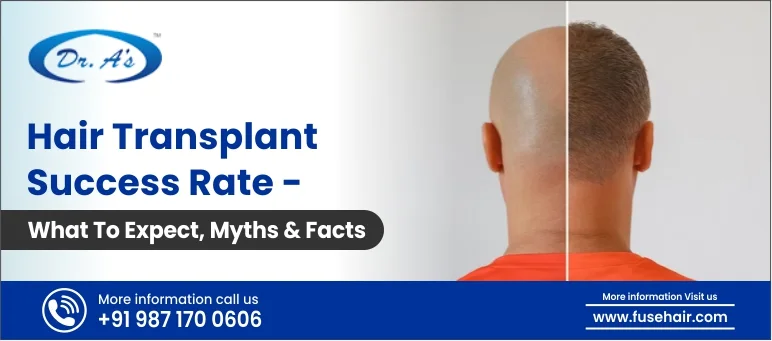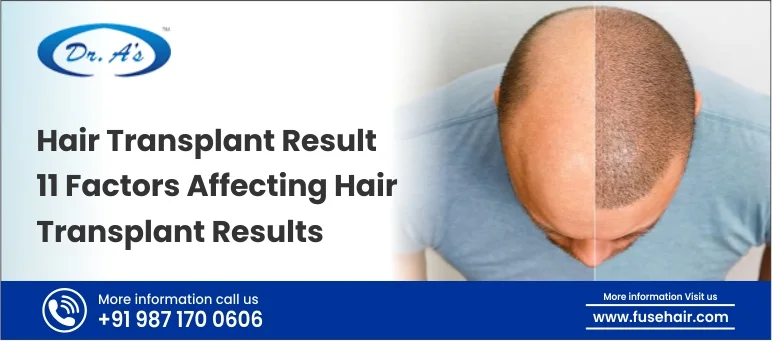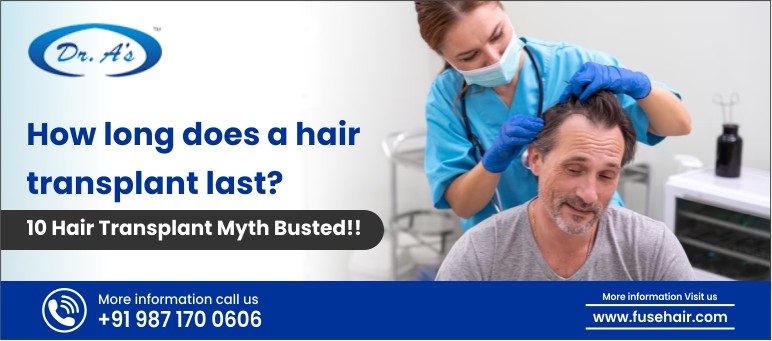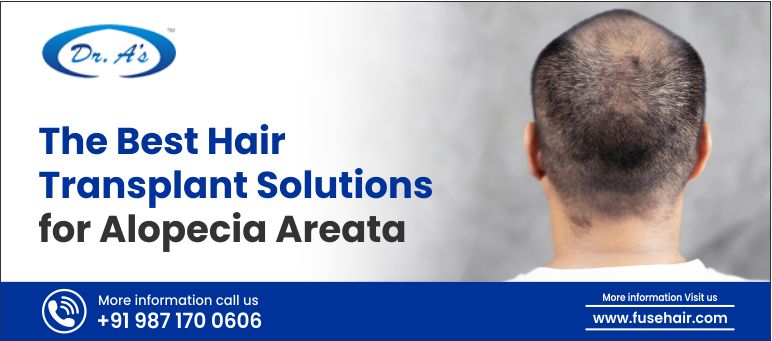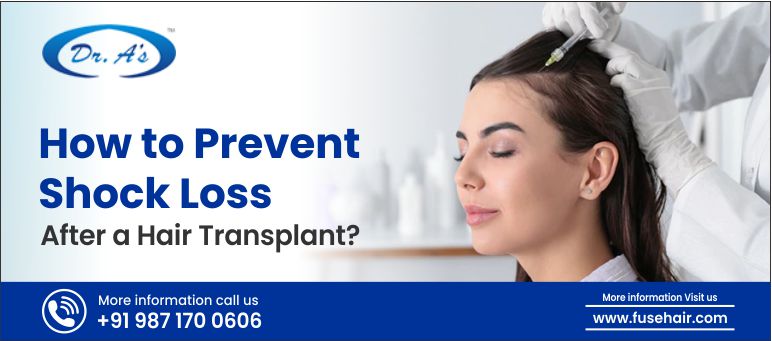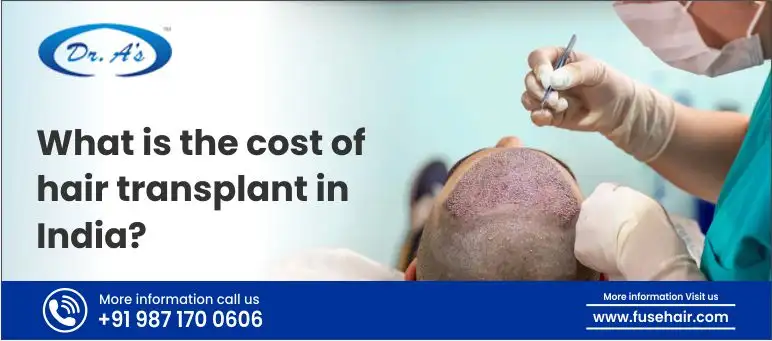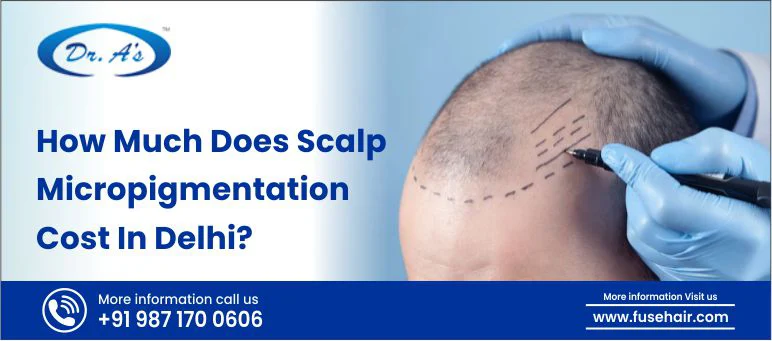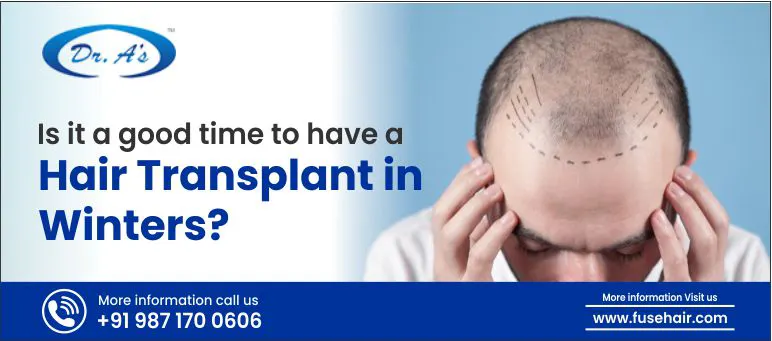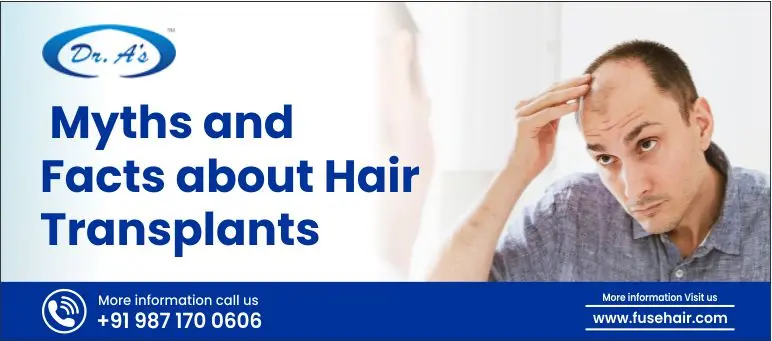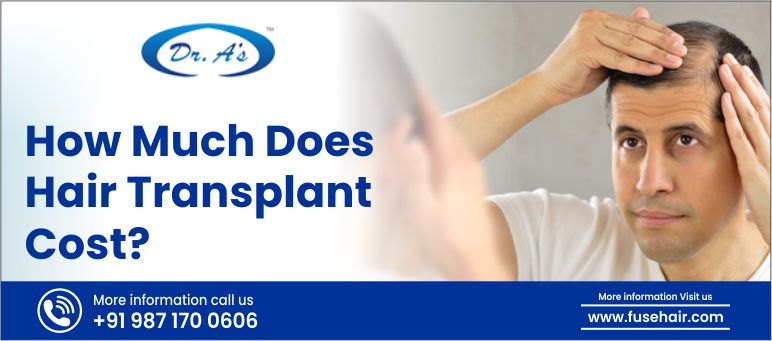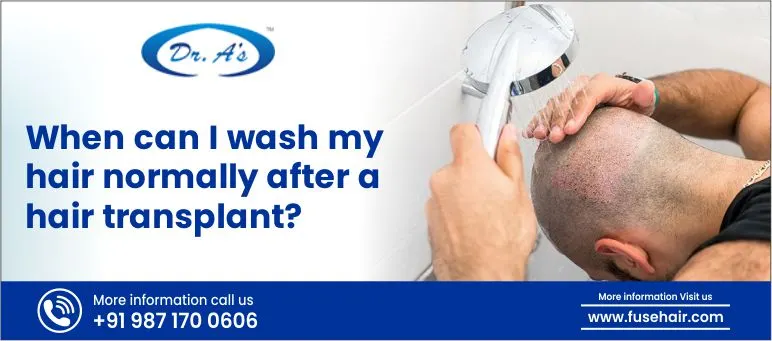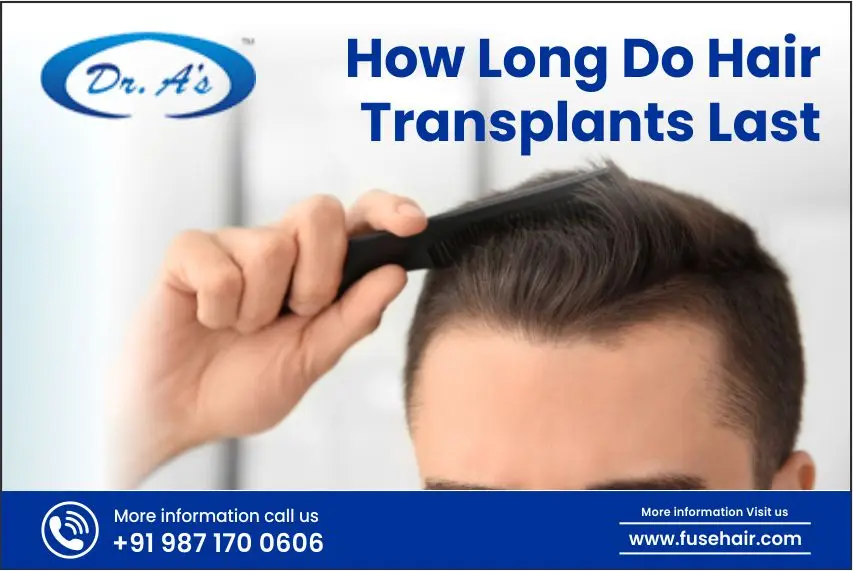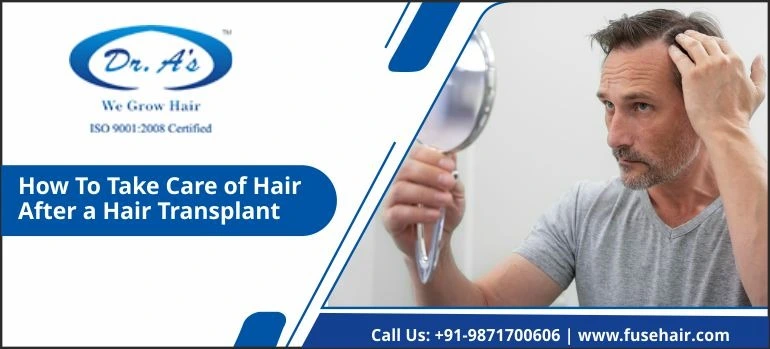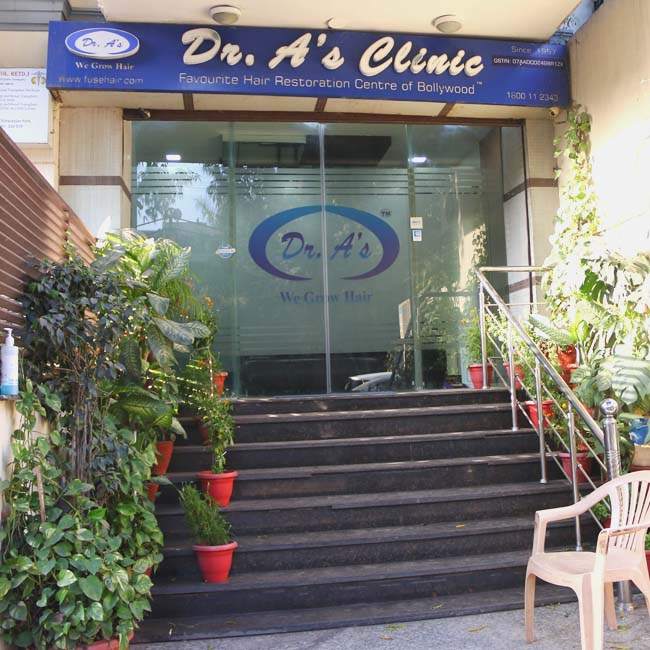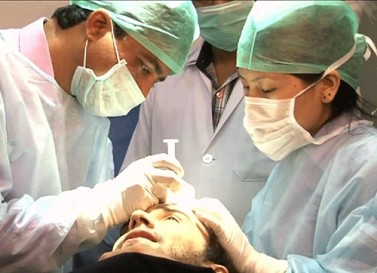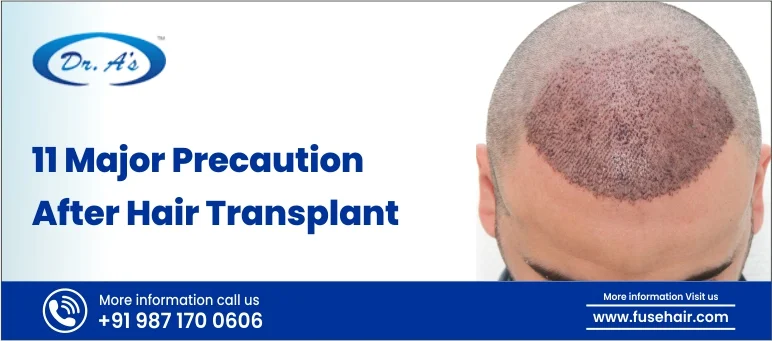
Hair transplant surgery is a life-changing procedure for those seeking a fuller head of hair and increased confidence. However, the success of the surgery largely depends on the postoperative care and precautions taken by the individual. After undergoing a hair transplant, it’s crucial to follow specific guidelines to ensure optimal healing and the desired results. In this article, we will explore 11 major precautions that individuals should take after a hair transplant to maximize the success of the procedure.
Top 11 Precautions to Take After a Hair Transplant
Here are the most important precautionary measures that you should take after undergoing a hair transplant.
-
Careful Dressing and Bandage Maintenance
Careful dressing and bandage maintenance are paramount after a hair transplant. Immediately post-surgery, the treated area is covered to protect fragile grafts. Strict adherence to the surgeon’s instructions regarding dressing changes and cleanliness is crucial for preventing infection and ensuring proper healing. Carefully following the recommended care routine minimizes the risk of dislodging grafts and contributes to a smooth recovery process. This precautionary step sets the foundation for the success of the transplant by safeguarding the delicate grafts and promoting an environment conducive to optimal healing.
-
Adherence to Medication
Adherence to medication is a cornerstone of post-hair transplant care. Prescribed antibiotics and anti-inflammatory drugs are essential in preventing infection, minimizing swelling, and fostering the survival of transplanted grafts. Strictly following the prescribed medication regimen, as directed by the surgeon, is imperative for a successful recovery. Any concerns or side effects should be promptly communicated to the medical professional overseeing the postoperative care, ensuring that necessary adjustments can be made to optimize healing and maximize the long-term success of the hair transplant. Consistent medication adherence is a key factor in achieving the desired results from the procedure.
-
Protection from Sun Exposure
Protection from sun exposure is a crucial post-hair transplant to safeguard the delicate grafts and promote optimal healing. Direct sunlight can be harmful, potentially causing damage to the newly transplanted hair follicles. Wearing a hat or using an umbrella when outdoors, especially during peak sunlight hours, is advised to shield the treated area. This precaution prevents sunburn and minimizes the risk of compromising the success of the transplant. By prioritizing protection from sun exposure, individuals contribute to a healthier scalp environment and support the longevity of their newly transplanted hair, ensuring the best possible outcome from the procedure.
-
Limitation of Physical Activities
Limitation of physical activities is crucial in the aftermath of a hair transplant. Strenuous exercises, heavy lifting, and contact sports can jeopardize the success of the procedure by increasing swelling, bleeding, or potentially dislodging grafts. Adhering to the surgeon’s guidelines regarding restricted physical activities is paramount during the initial recovery period. This precaution allows the body to allocate resources to the healing process, reducing the risk of complications and enhancing the overall outcome of the transplant. By respecting limitations on physical exertion, individuals contribute to a smoother recovery and pave the way for the desired results.
-
Proper Hair Washing Techniques
Proper hair-washing techniques are an essential post-hair transplant to ensure optimal healing and graft survival. Gently following the surgeon’s instructions on when and how to wash the hair helps maintain hygiene without compromising the delicate transplanted grafts. Using mild shampoos and avoiding vigorous rubbing or massaging of the scalp are crucial precautions. By treating the newly transplanted area with care during washing, individuals minimize the risk of damage and support a healthy recovery process. Adhering to recommended hair-washing techniques is a key component in preserving the integrity of the transplanted hair follicles and achieving successful, long-lasting results.
-
Management of Swelling and Discomfort
Effectively managing swelling and discomfort is vital after a hair transplant. Applying cold compress as directed by the surgeon helps alleviate postoperative swelling while sleeping with the head elevated and can further reduce these symptoms. Prompt communication with the medical professional about persistent or severe discomfort ensures appropriate intervention for relief. By proactively addressing swelling and discomfort through recommended measures, individuals contribute to a more comfortable recovery process. This management not only enhances the overall experience but also supports the body’s natural healing mechanisms, fostering optimal conditions for the success of the hair transplant.
-
Scheduled Follow-up Appointments
Scheduled follow-up appointments are integral to the post-hair transplant recovery process. Regular check-ins with the surgeon allow for the monitoring of progress, assessment of healing, and timely intervention for any concerns. These appointments provide an opportunity to address questions, make necessary adjustments to the care plan, and ensure that the recovery is on track. Consistent communication with the medical team fosters a collaborative approach to achieving the best possible results from the procedure. By attending scheduled follow-up appointments, individuals actively contribute to the success of their hair transplant and receive personalized guidance for an optimal recovery journey.
-
Avoidance of Smoking and Alcohol
Avoiding smoking and excessive alcohol consumption is crucial for a successful hair transplant recovery. Nicotine, present in cigarettes, restricts blood flow, compromising the transport of nutrients to transplanted grafts. Similarly, alcohol can interfere with the body’s natural healing mechanisms. Abstaining from smoking and limiting alcohol intake during the recovery period is advised to promote optimal healing and graft survival. This precautionary step enhances blood circulation, facilitates the delivery of essential nutrients, and contributes significantly to the overall success of the hair transplant. Prioritizing a smoke-free and moderate alcohol environment is key to maximizing the long-term benefits of the procedure.
-
Focus on Nutrition and Hydration
A focused approach to nutrition and hydration is paramount in the aftermath of a hair transplant. A well-balanced diet rich in vitamins and minerals supports overall health and aids in the body’s natural healing processes. Adequate hydration is equally essential for optimal blood flow, ensuring nutrients reach the transplanted grafts efficiently. Individuals should prioritize a nutritious diet, stay well-hydrated, and consider consulting a nutritionist for personalized dietary recommendations during the recovery period. By emphasizing nutrition and hydration, individuals create an internal environment conducive to the success of the hair transplant, promoting both the health of the scalp and the long-term viability of transplanted hair follicles.
-
Avoid Hair Styling Products
Avoiding hair styling products is a crucial post-transplant precaution. In the initial weeks after the procedure, refraining from the use of gels, mousses, or hair sprays is recommended. These products may contain chemicals that could irritate the scalp and potentially hinder the healing process. Following the surgeon’s guidelines on when it’s safe to resume using styling products ensures the longevity and success of the transplant. By steering clear of styling products during the early stages of recovery, individuals safeguard the delicate transplanted grafts, minimize potential irritation, and contribute to the overall health and vitality of their newly transplanted hair.
-
Gentle Sleeping Positions
Adopting gentle sleeping positions is crucial after a hair transplant. During the initial recovery period, individuals are advised to avoid putting direct pressure on the transplanted area to prevent potential damage or dislodging of grafts. Sleeping with the head elevated and on the back is often recommended to minimize swelling and ensure a comfortable recovery. Soft pillows and a supportive mattress contribute to maintaining optimal conditions for healing. Following the surgeon’s advice on sleeping positions is a key precautionary measure, promoting undisturbed recovery and enhancing the chances of a successful hair transplant outcome.
Conclusion
A successful hair transplant goes beyond the surgery itself; it requires a commitment to postoperative care and precautions. By diligently following these 11 major precautions – from careful dressing maintenance to avoiding scratching and rubbing – individuals can enhance the likelihood of achieving optimal results. It’s crucial to remember that each person’s recovery process may vary, and open communication with the medical team is key. By prioritizing these precautions, individuals can look forward to enjoying the benefits of a fuller head of hair and increased confidence in the long run.
You can discover renewed confidence with Dr. A’s Clinic, your premier destination for transformative hair transplants. Here, Dr. Arvind Poswal prioritizes your comfort, offering a seamless postoperative journey with personalized care plans. From meticulous grafting to attentive follow-ups, he’ll guide you in every step. Trust us to restore not just your hair, but your self-confidence too.

